No one can deny that Japan is an absolutely amazing country! In Japan history goes hand in hand with technology! Japan is the country of ancestral castles and pioneering inventions. A country whose people have one eye in tradition and the other in the future. It is a society of contrasts that fascinates everyone! Have a look at what we think you should not miss when you visit Japan:
1. Tokyo
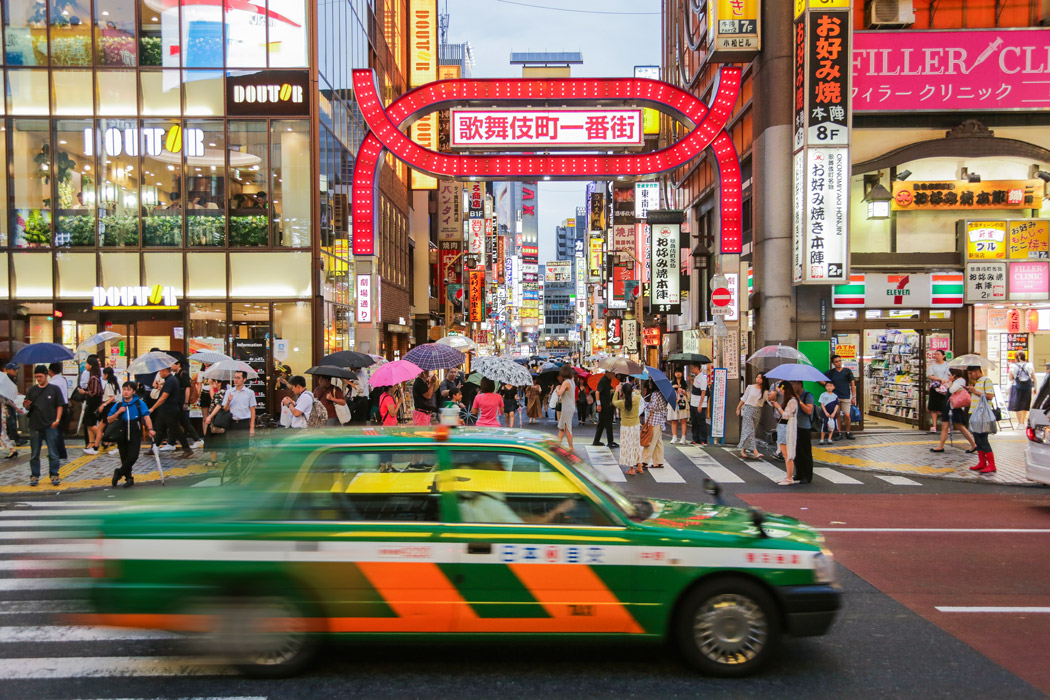
It s a vibrant city, where traffic is surprisingly not chaotic. In fact, after experiencing the city both as pedestrians and as drivers, we felt, there was more room for cars than for people. This is perhaps because the city has a demography of 13 million people! There is a complex system of public transportation (bus, metro and train), and in order to have a car in Tokyo, the Japanese need to have a private parking place.
2. Osaka
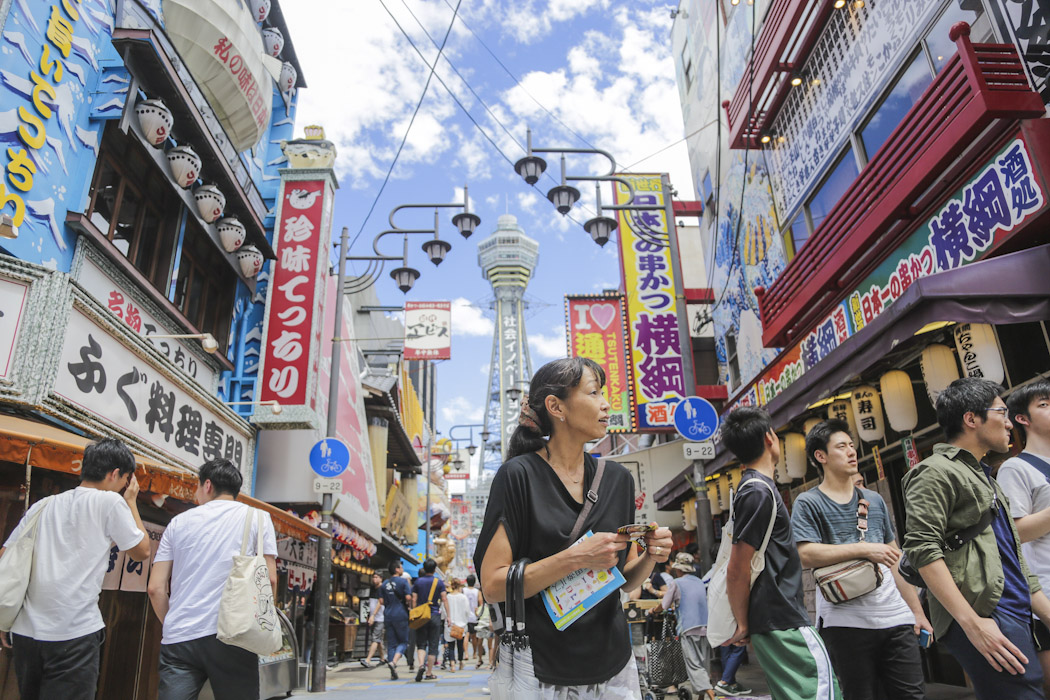
Osaka is one of the most colourful cities in Japan, especially by night. Today’s Osaka is a major financial centre in Japan. The Dotonbori district in Osaka is well-known for its extravagant neon lights and the wide choice of restaurants and bars. The Tsutenkaku Tower was built in 1912 and was often compared to the Eiffel Tower of Japan. It still is one of the main attractions of the Shin-Sekai neighbourhood together with what is left of the Luna Park.
3. Japanese Food
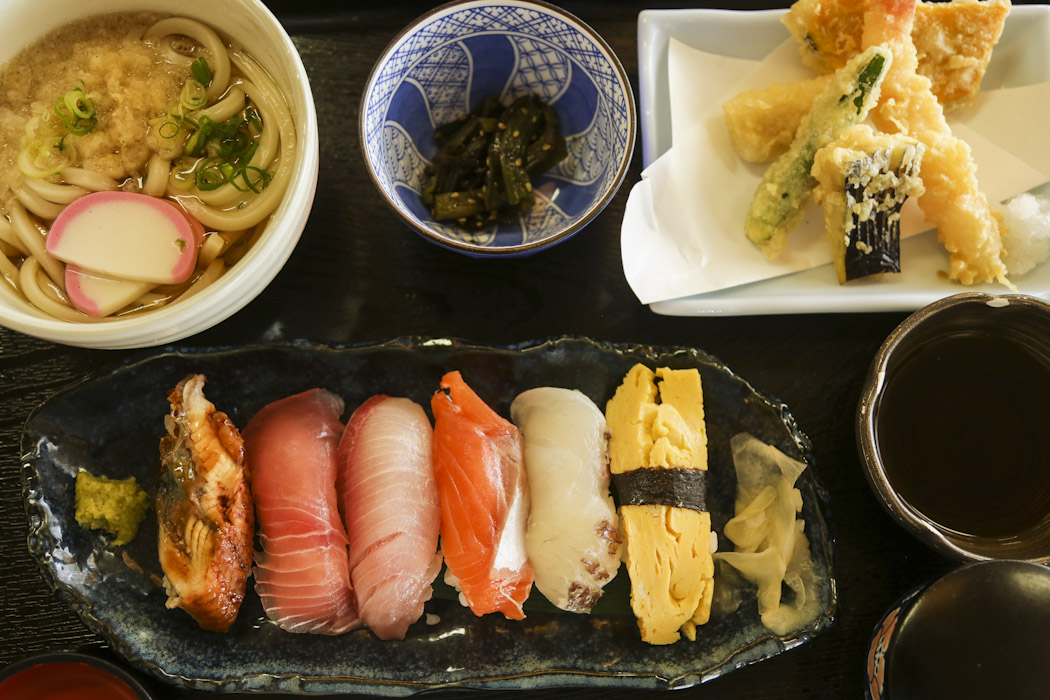
Japanese food is more than sushi. It is about different types of noodles (soba or udon), it is about tempura, it is about the most succulent beef (the Wagyu beef cattle), and it is about onigiri… But sushi is an art and it seems as if nowhere else raw fish is as fresh as it is in Japan.
4. Hiroshima
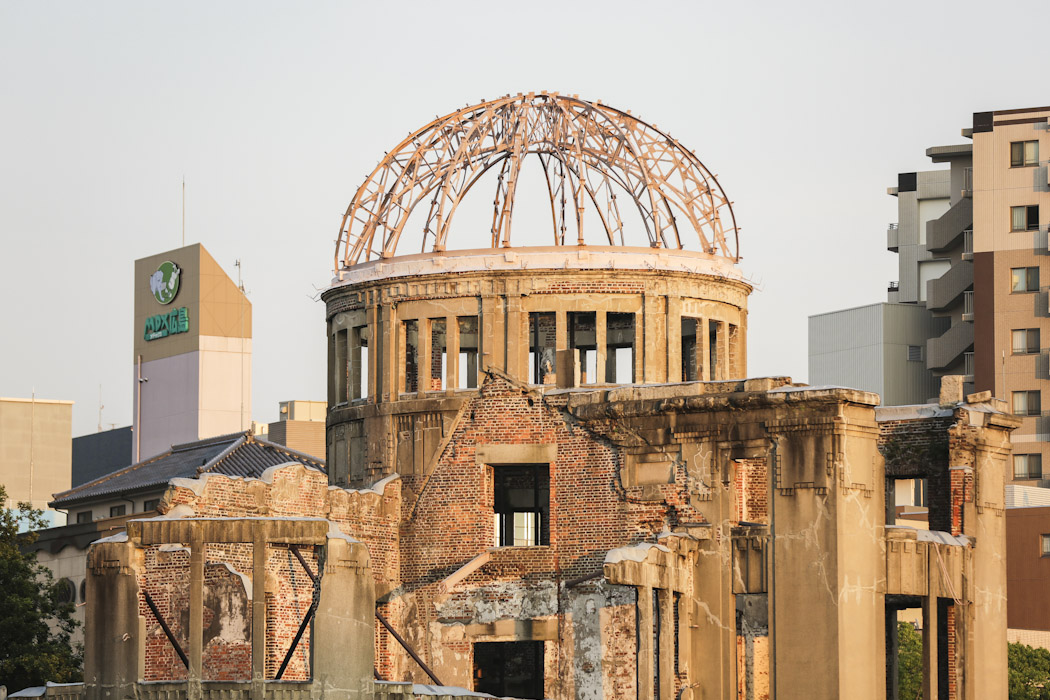
The Genbaku Dome was one of the few buildings that remained half-standing after the atomic bomb detonated over Hiroshima. 70% of the city was totally destroyed. Today, the ruins remain in the centre of Hiroshima, so that nobody forgets about the cruelty that Hiroshima suffered.
To learn more about Hiroshima, read our complete article: The day we visited the Hiroshima memorial.
5. Miyajima Island
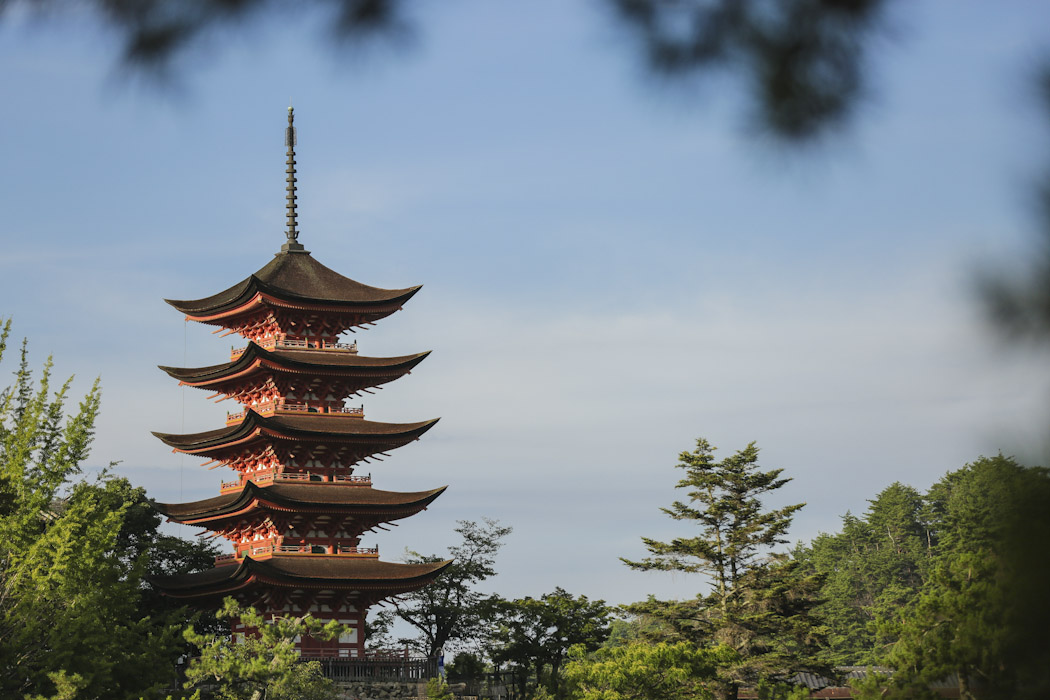
Miyajima is a small island located in the Hiroshima Bay. Its name in Japanese means ‘shrine island’. It is much visited because of its floating shrine and floating Torii. At the time of our visit, the great Torii was under restoration, therefore all we saw of it was the scaffolding. Besides the many shrines, the island is also renowned for its many tame deer.
6. Naoshima, the Island of Art
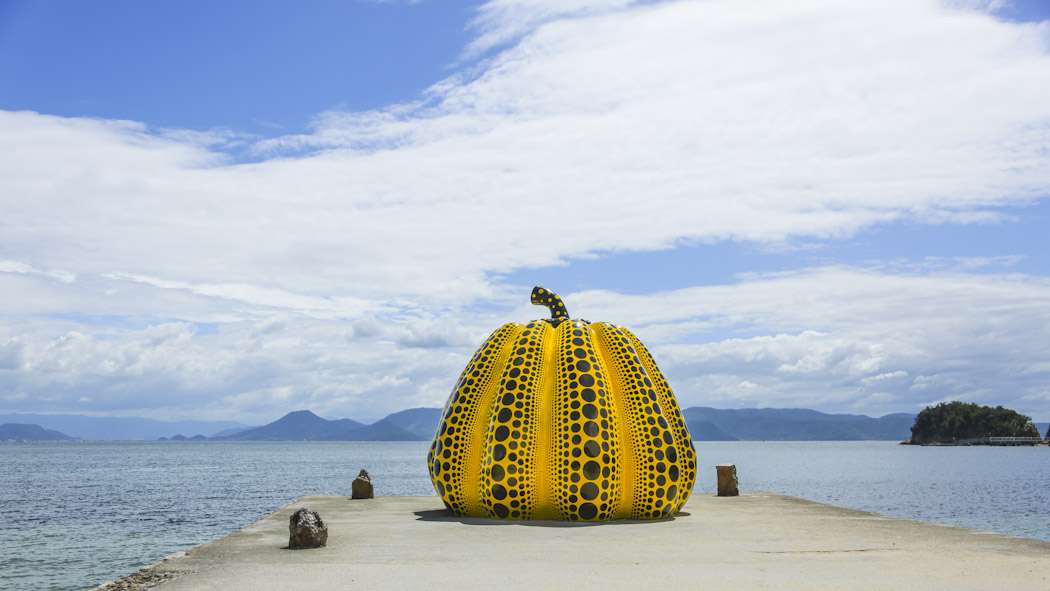
Naoshima is another small island of the Seto Inland Sea. The island is easily crosswalked, being only 14 square kilometres. It is also known for its many contemporary art museums and many open-air installations. We took a ferry and then hiked all around the island to check the different works of art, and really liked the pop art pumpkins of Japanese artist Yayoi Kusama.
7. Okayama Castle (Okayama)
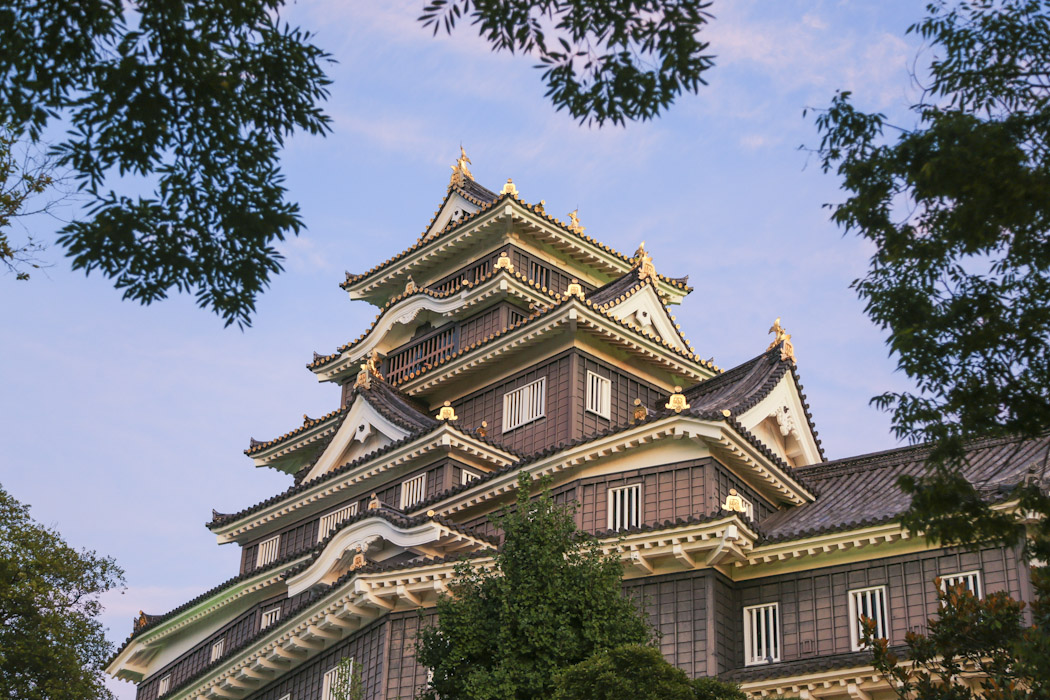
Okayama castle was one of our favourites, because of its location next to theAsahi river. Because of its black exterior, the Okayama Castle has got the nickname Crow Castle. The castle was reconstructed in the 60s and now includes modern facilities such as air-conditioning and lifts.
8. Kawai Culture
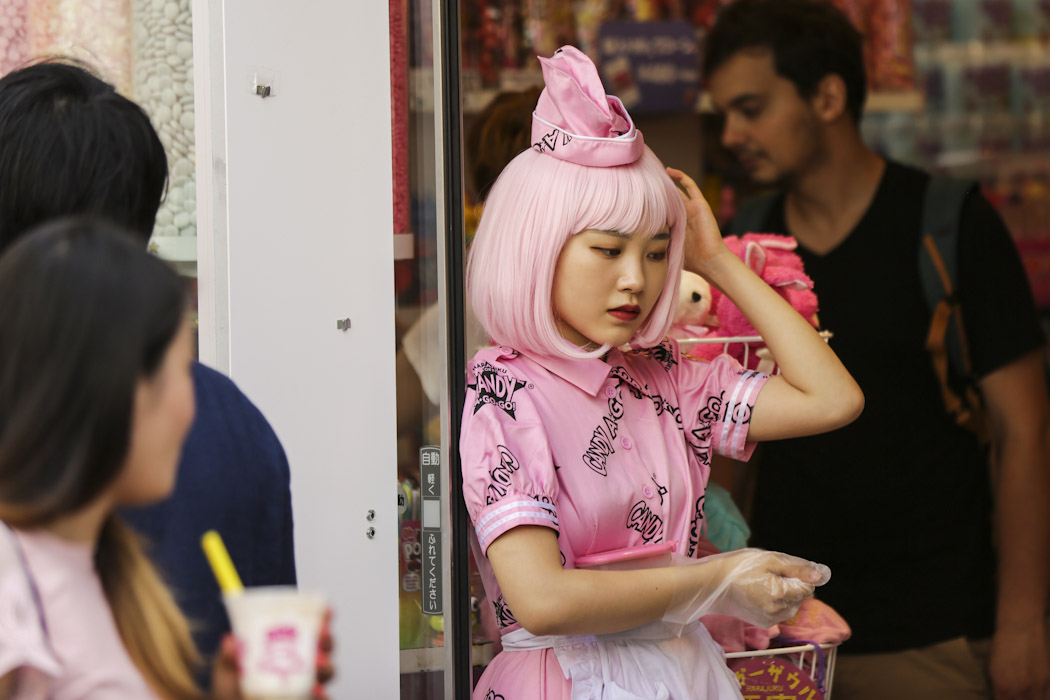
Kawai in Japanese means cute. We realised that the culture of cuteness is very popular in Japan. For that reason, we found many child-like objects in work-related environments. A Kawai sort of dressing is also very popular, with many girls choosing to wear a lot of pinks, a lot of lace and other child-like accessories.
9. Kumano Nachi Taisha Shrine
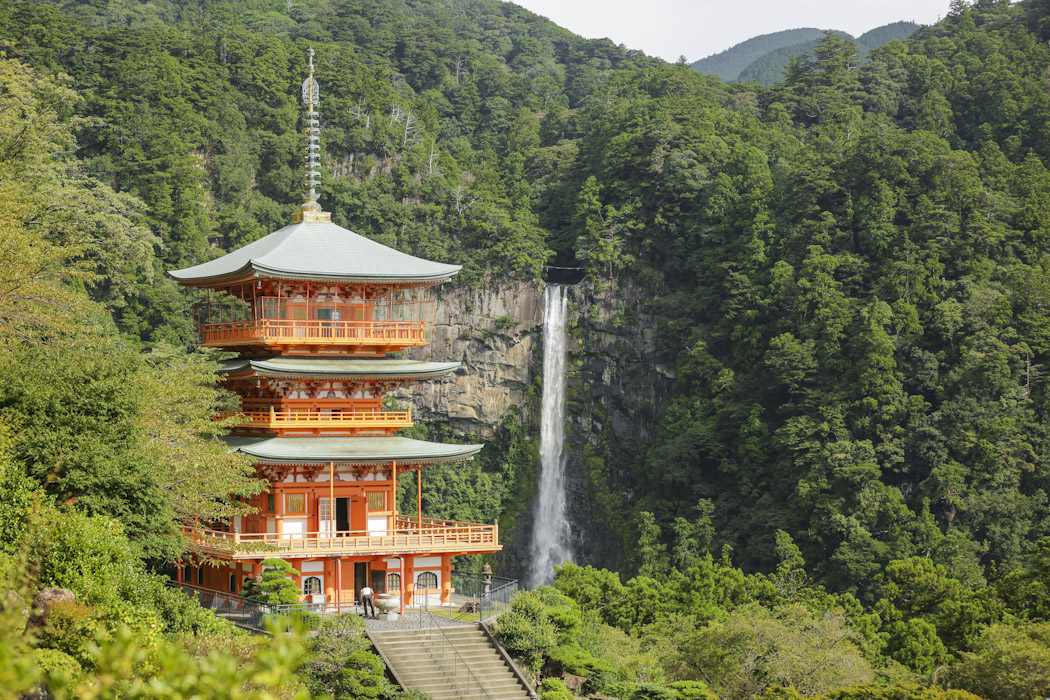
Kumano Nachi Taisha Shrine Pagoda and waterfall. If we had to choose one pagoda in Japan, this would be our selection, because of its location, near the Nachi falls. This is a 133 metres uninterrupted drop, the tallest in the country! The perfect backdrop for such a beautiful pagoda.
10. Kumano Old Pilgrimage Road
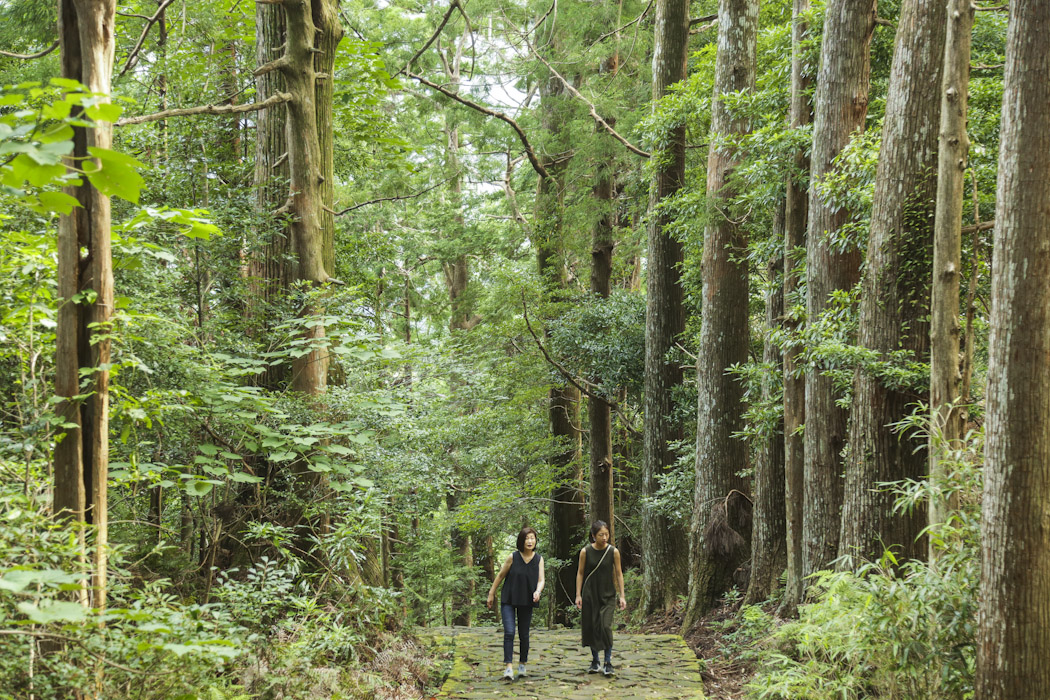
The Kumano Kodo was once a pilgrimage trail that was used by samurai and emperors. Today, everyone can walk this old trail, that offers rewarding forest bathing (a concept that is unique to Japan, and that conveys the idea of relaxing though immersion in the forest) as well as many lovely shrines along the way.
11. Nara
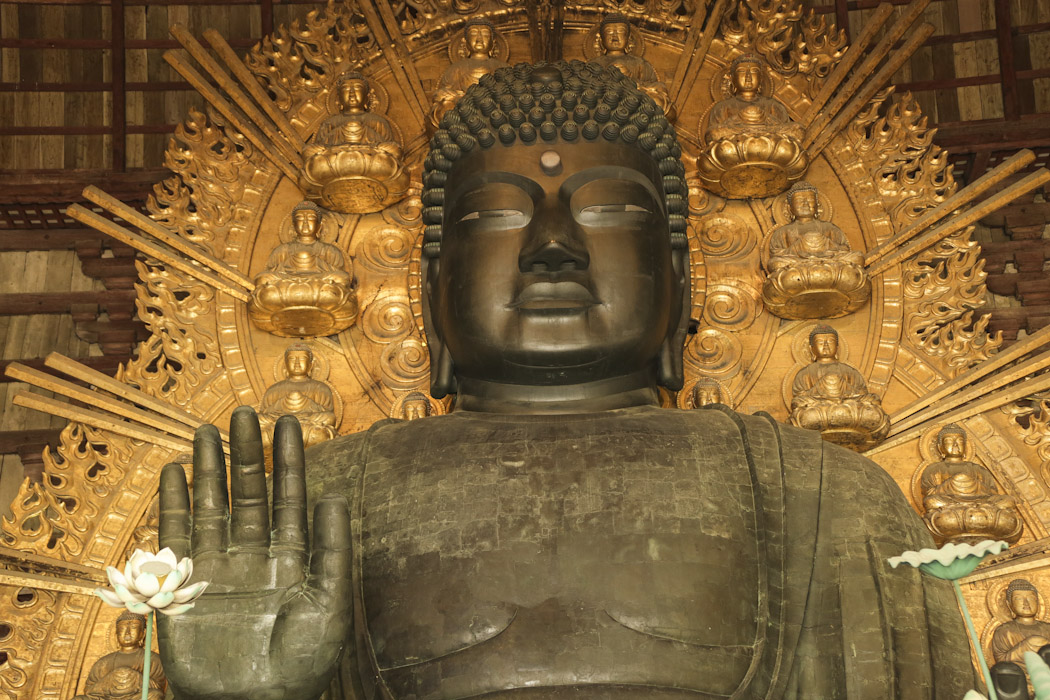
Step into the city of Nara for a visit to the world’s largest bronze statue of the Vairocana Buddha. The statue is found in the not less impressive Todai-ji Buddhist temple, a UNESCO world heritage site. In Japan, Vairocana is revered as Daibutsu. Nara was also the capital of Japan between 710 to 794 AD
12. Wearing a Yukata
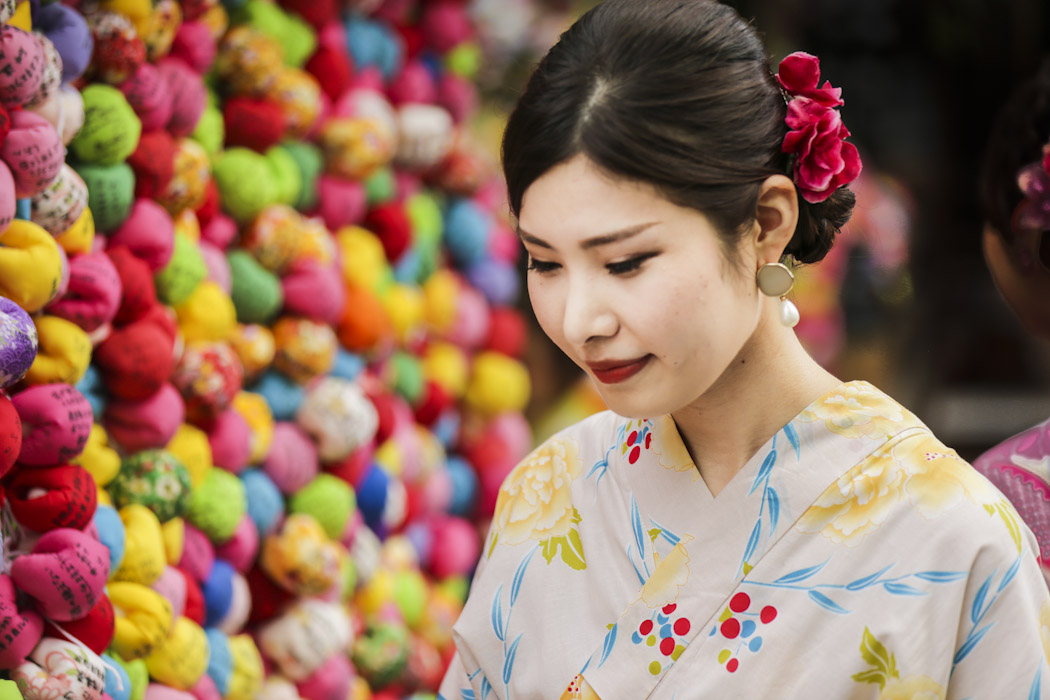
It is one of the pleasures of strolling through Japan. it doesn’t really matter if you are in a big city or in the countryside, in a temple or in a museum, there are always hundreds of women and men wearing a yukata (which is a light version of a kimono). It is not only beautiful, but it takes us to the old times, and it is easy to imagine how colourful Japanese streets must have been in the past.
13. Okunoin Cemetery (in Koya-san)
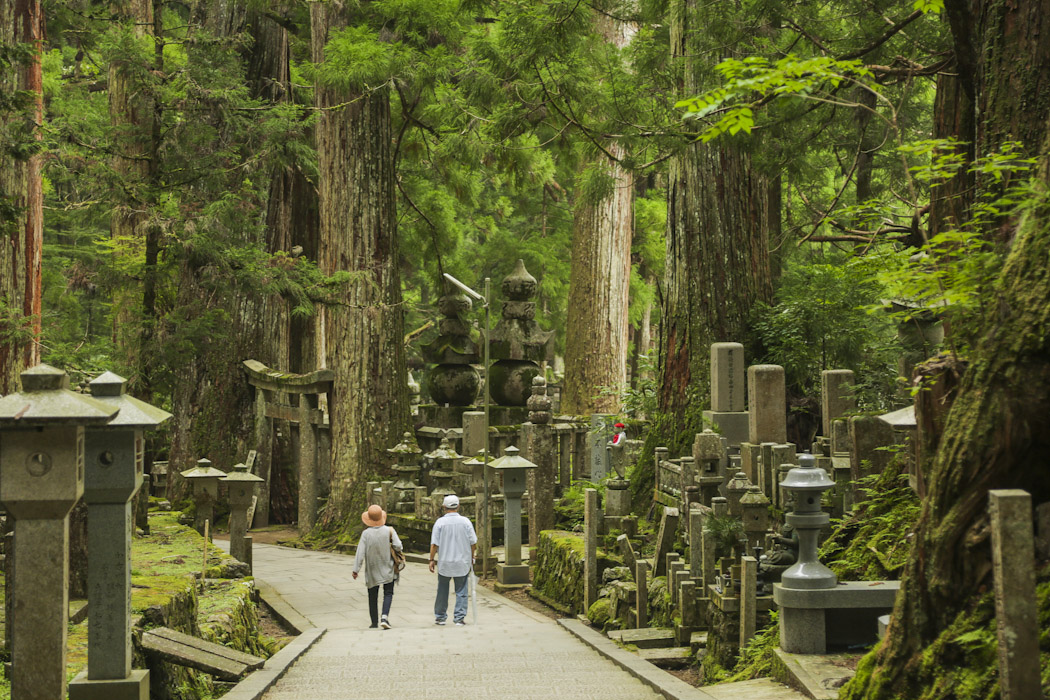
The Okunoin cemetery is the largest in Japan with over 200,000 tombs resting along a two-kilometres long path that leads to Kobo Daishi’s mausoleum. The site is located in the tiny village of Koya-san, and the reason why there are so many tombs here in this village in the mountains, is because many people choose to be buried here to be next to Kobo Daishi, the founder of and revered leader of Shingon Buddhism.
14. Tea Ceremony
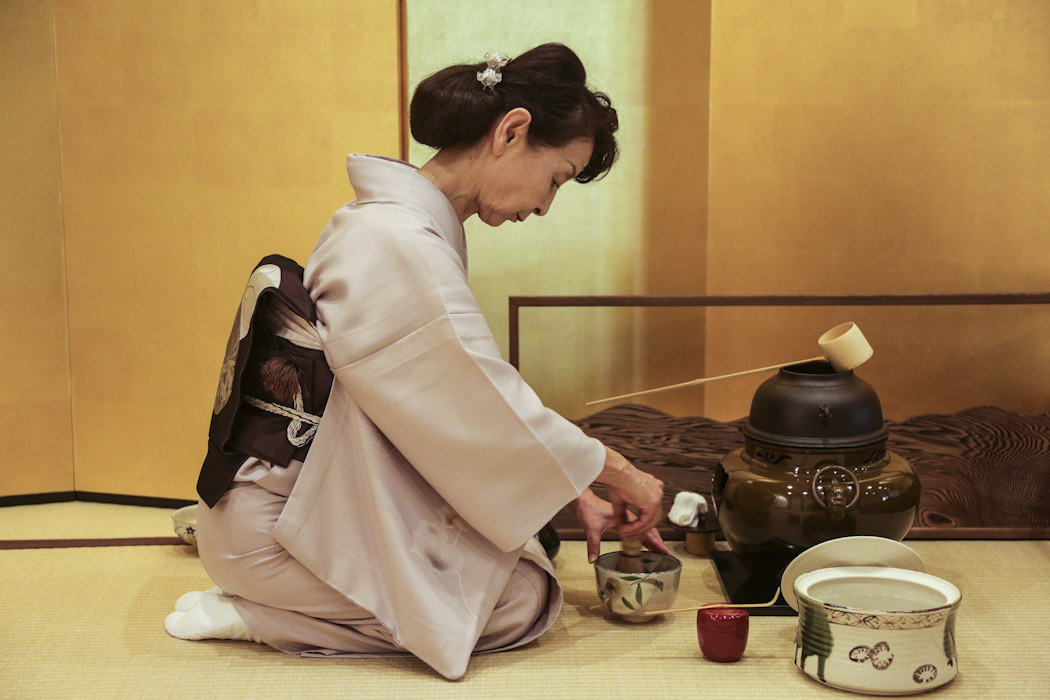
Don’t just go to any ‘tea ceremony’. There are many ‘fast food’ tea ceremonies that will bring you nothing more than watching someone prepare tea for you. Choose a teahouse with a long-time tradition, where the women have done it for many years and where English is spoken, so that you can truly be introduced to the fascinating world of the tea ceremonies.
15. Himeji Castle
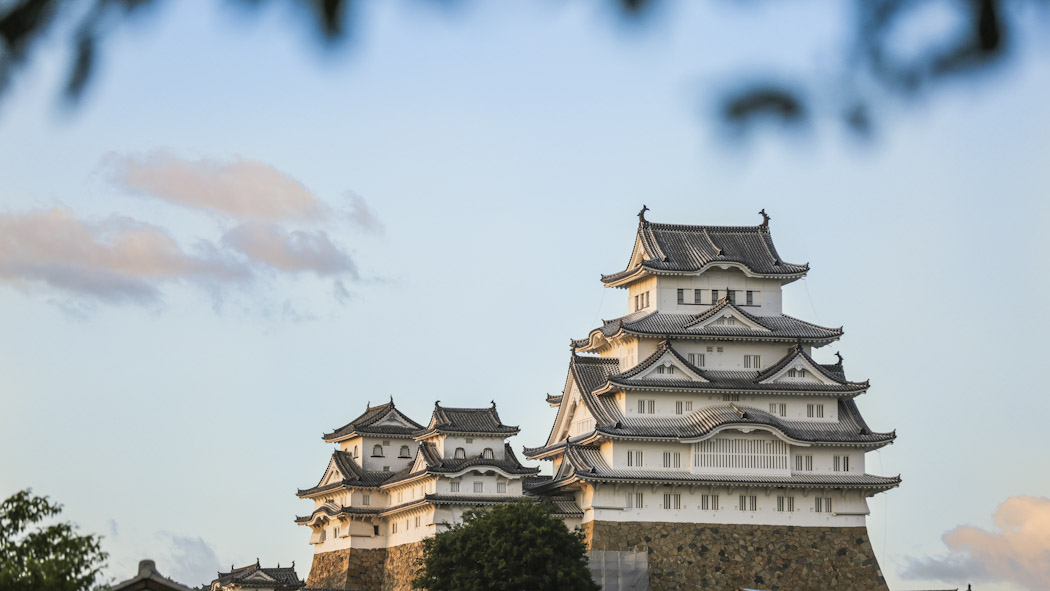
The Himeji castle is the best-preserved castle in Japan and is another national treasure. It is not only a monument to the glories of the past, but it also remains a beautiful example of the Japanese castle architecture.
16. Fishing Villages (Noto Peninsula)
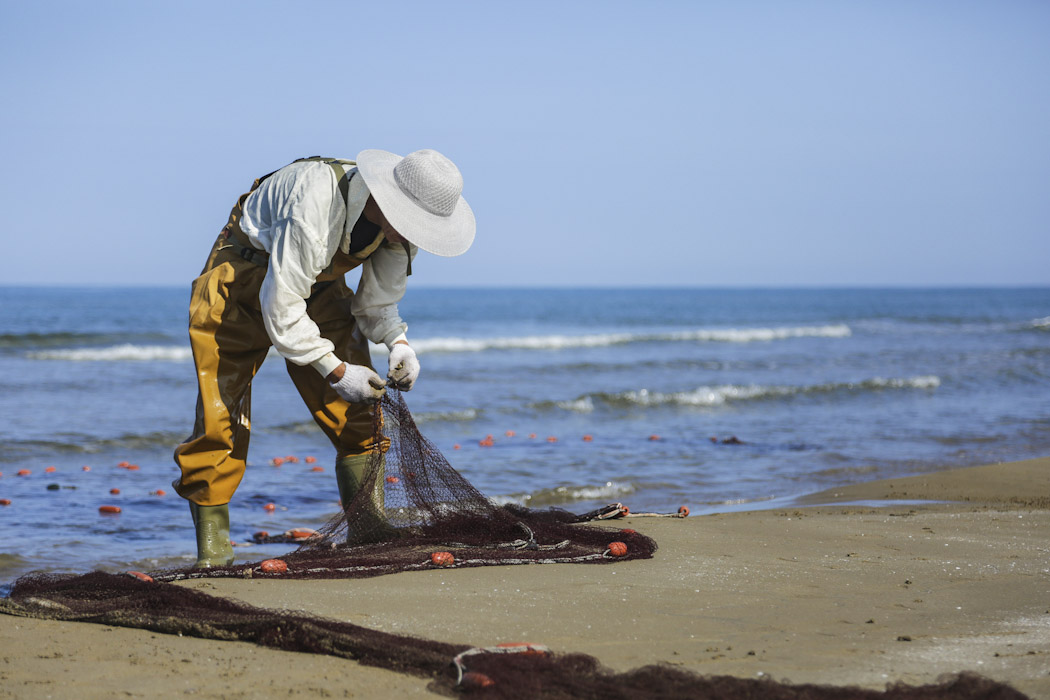
We experienced a fishing-village mood when we went to the Noto peninsula. There, we witnessed fishermen still using nets to fish from small boats and repairing the nets at the end of the day. We liked seeing such a sustainable use of small fishing nets.
17. Matsuri Festivals
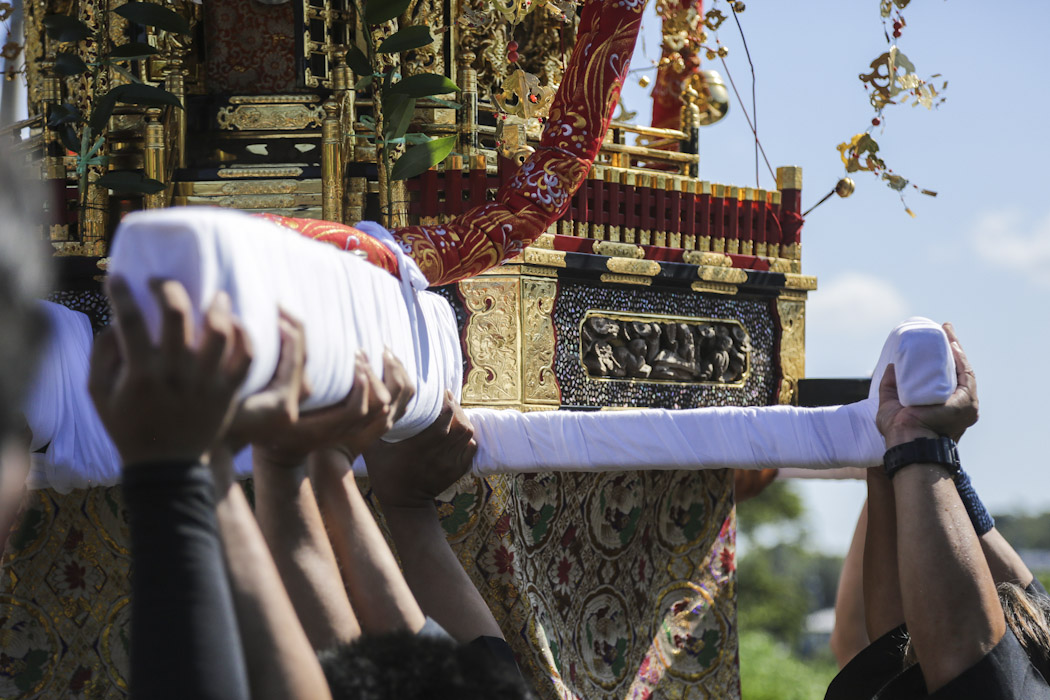
Matsuris are Japanese festivals. Often they are religious festivals organised by the local shrines or temples. The dates of the matsuri vary from place to place but usually take place in late summer or early autumn, during the rice harvest. The celebrations of the matsuri festivals include processions with heavy floats that carry mikoshis (sacred religious palanquins).
18. Geishas (Kyoto and Kanazawa)
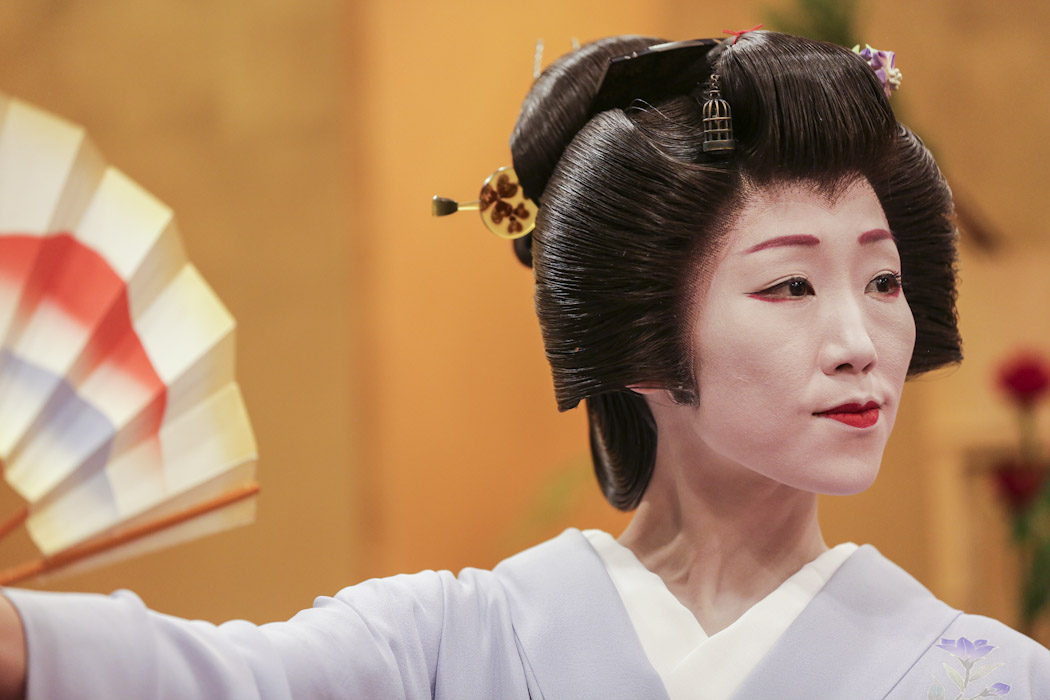
Geishas are artists, whose job is to receive and entertain guests. During the evenings they serve them drinks, but more importantly, they keep the conversation lively and they amuse them with their arts, which include playing musical instruments, dancing or singing. Though it is quite difficult to be invited to a geisha performance (tea houses work with a referral-based clientele), some tea houses are slowly opening up, and it is now possible, if rare, to find afternoon performances to the general public.
19. Fushimi Inari Shrine (Kyoto)
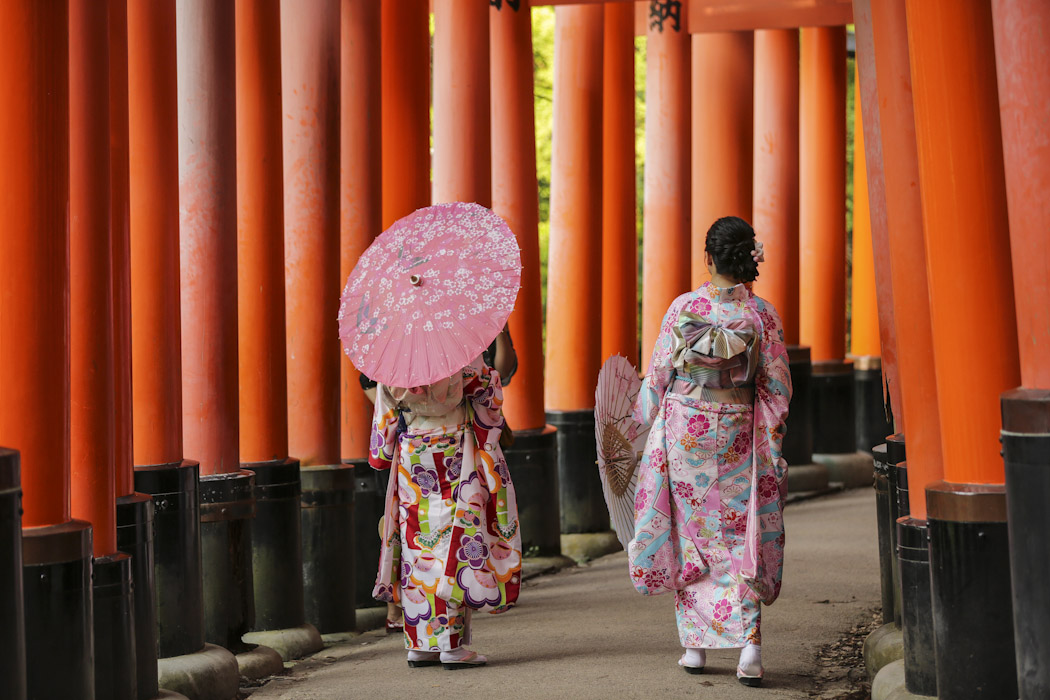
The unmistakable orange toriis of the Fushimi Inari Shrine (in Kyoto) are much liked by visitors, be it Japanese or foreigners. In order to avoid the crowds, it is necessary to walk the entire length of the torri-trail (more than 4 kilometres). Most visitors get tired in the first third of the walk. A few still push it until the second third, but only a minority walks the last leg, which leads into the quiet forest of the sacred Mount Inari.
20. Sumo Wrestling (Tokyo’s Ryogoku district)
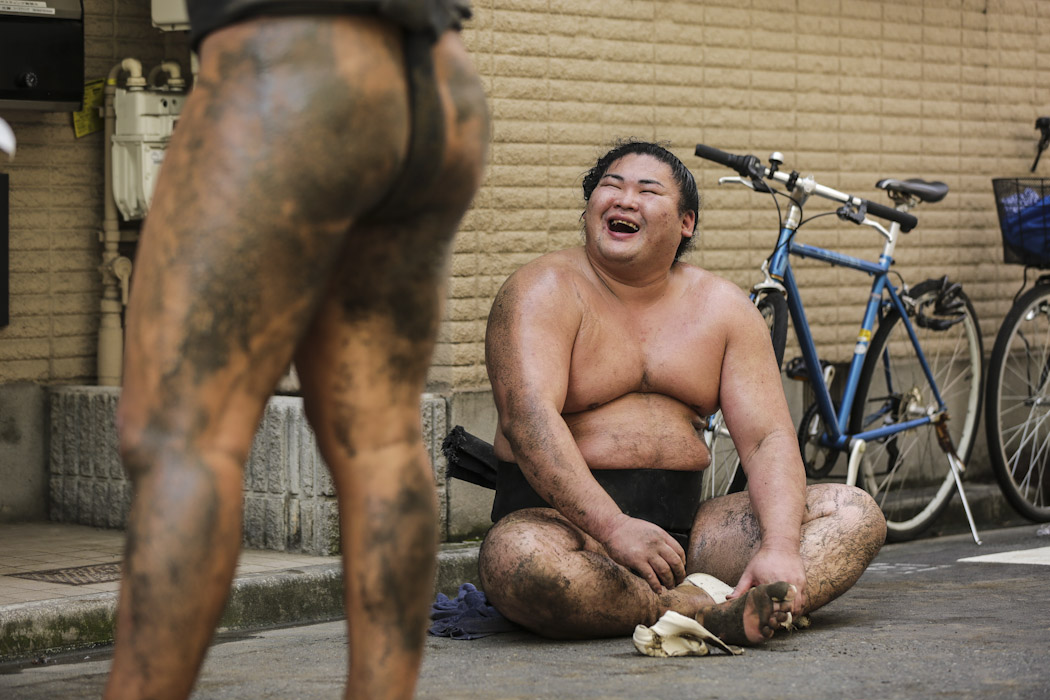
The national sport in Japan is sumo. The name given to the wrestling belt worn by rikishis (sumo wrestlers) is mawashi. It is around nine-metres-long and sixty-centimetres-wide. Wrestlers wrap it around their waists between four to seven times. If the mawashi falls off during a bout, the wrestler is automatically disqualified. On average, rikishis weigh around 166 kilos. If you visit Japan outside the sumo tournaments, you can still see the sumo practicing in their stables in Ryogoku district.
21. Traditional Houses
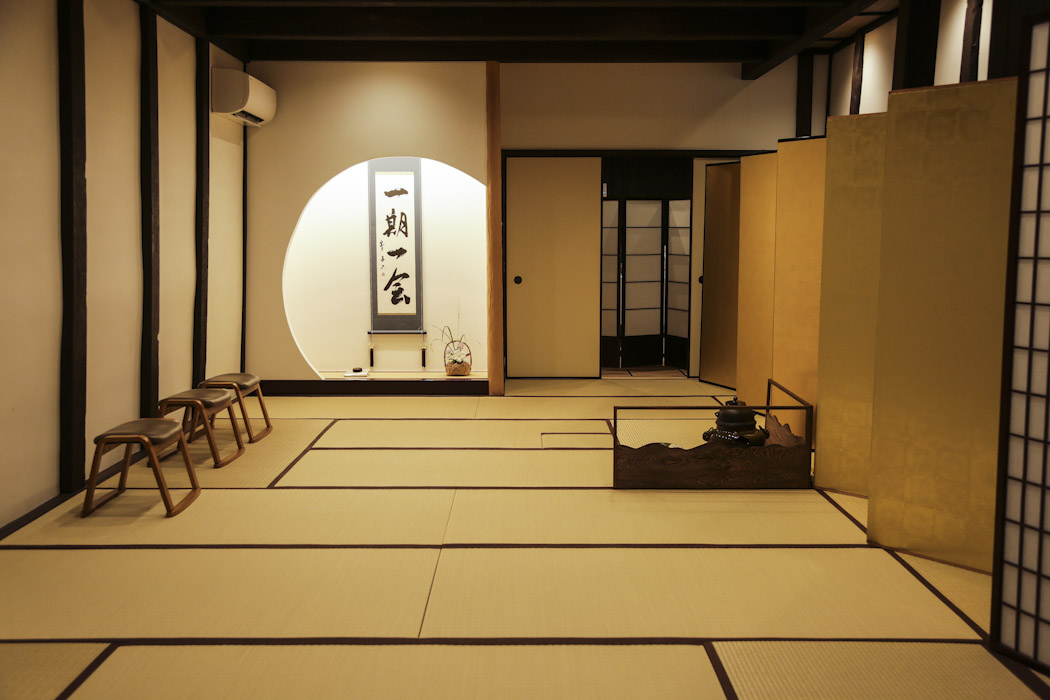
This is the interior of a traditional Kyoto townhouse (a kyomachiya). We are struck by the number of natural materials used here: straw tatami mats on the floors, bamboo sliding doors, and screens throughout the long and narrow interior. There’s a particular name for this slender architecture, it translates as ‘eel bed’ because it is long and thin like an eel.
22. Arashiyama Bamboo Grove (Kyoto)
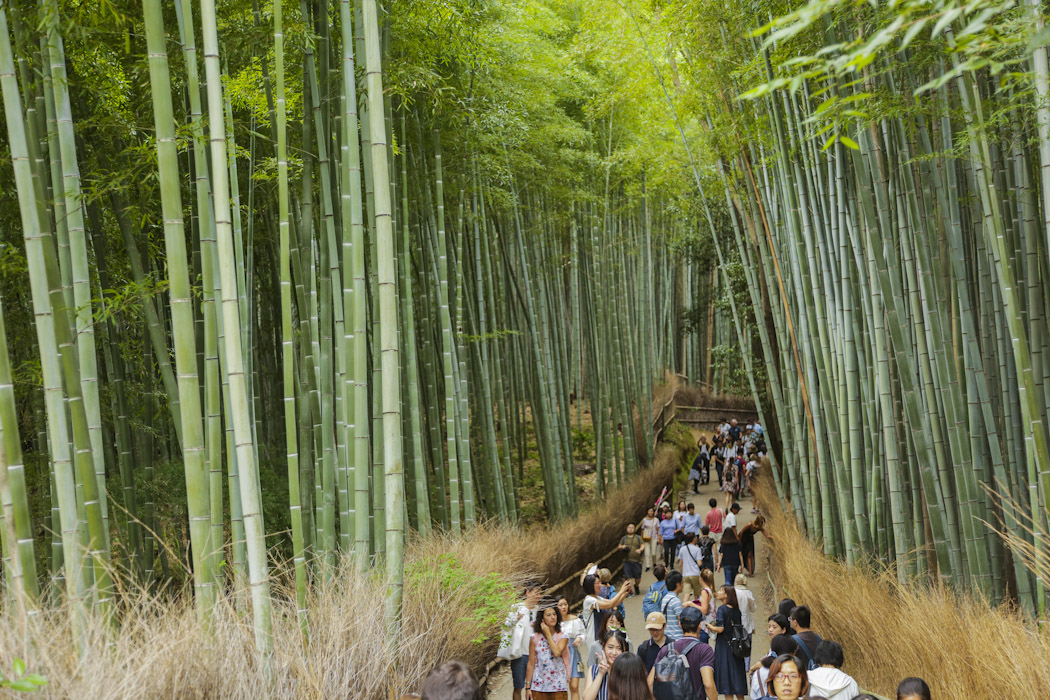
There’s a surreal ambiance at the Arashiyama bamboo grove. It is almost as if we had entered the scene of a magic film. And this feeling is not only created because of the incredible looks of the place, but it is also because of the noise that the bamboo makes when rustling together. Come early to avoid the crowds.
23. Ryokans
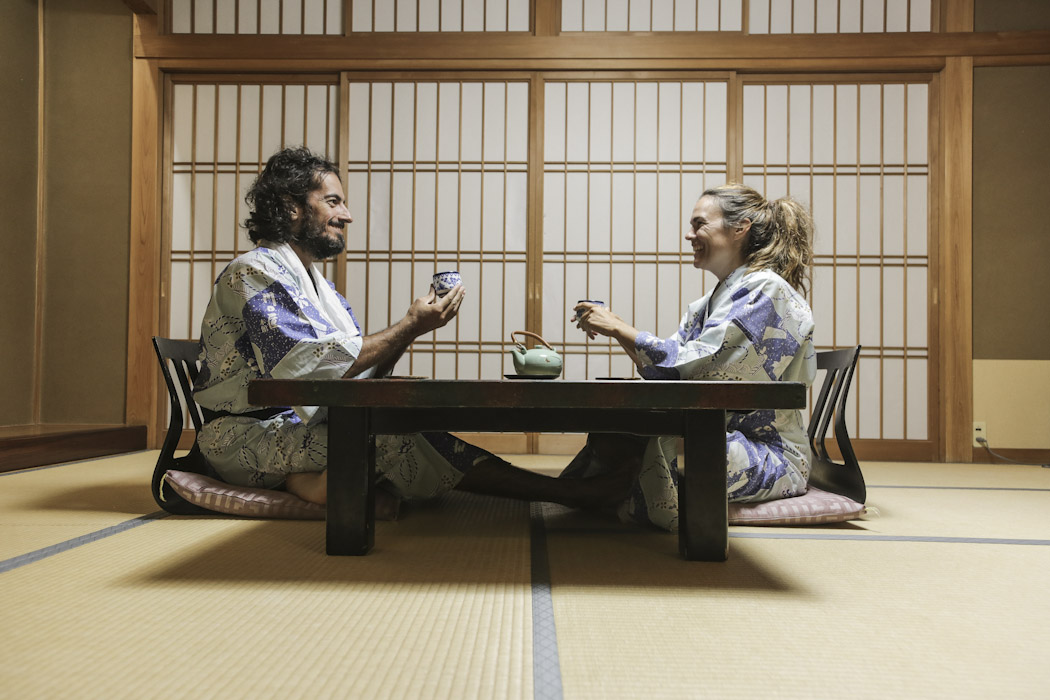
Spending the night in a ryokan, especially one located in an onsen village, is one of the most rewarding experiences of Japan. It is about being treated as special guests and then going out to discover the unique world of Japanese hot springs…
24. Japanese Alps
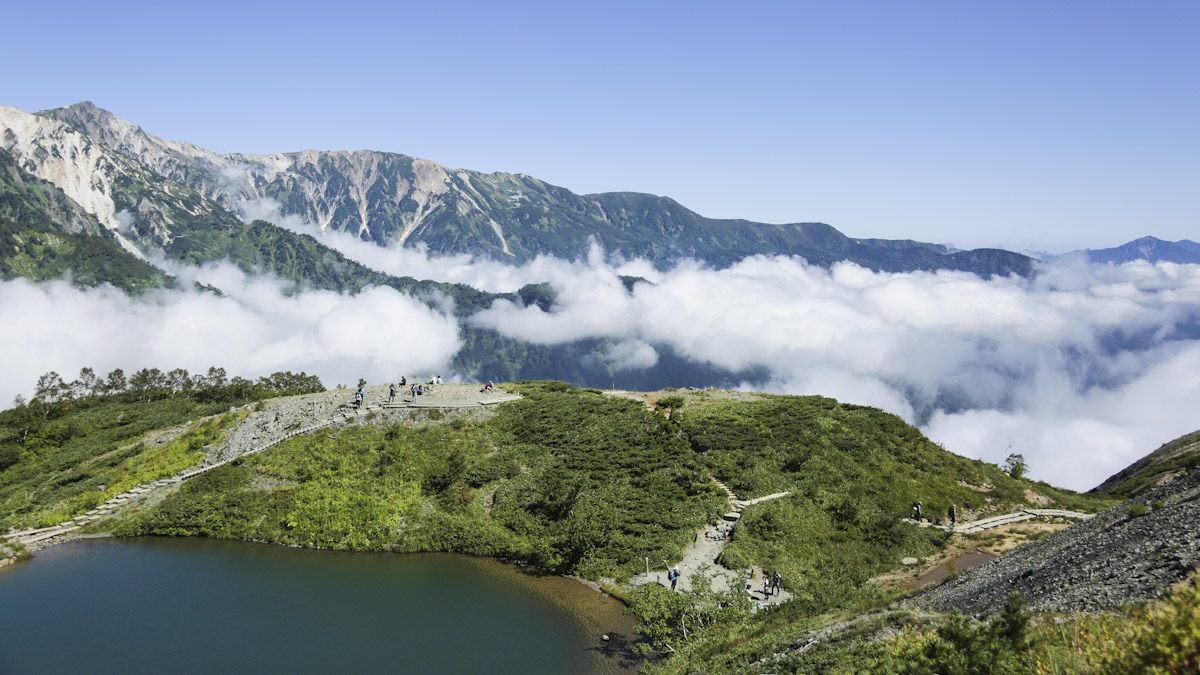
The Japanese Alps include the Hida mountains, the Kiso mountains and the Akaishi mountains. Its highest peak is over 3,000 metres (becoming the second highest peak in Japan after Mount Fuji). Mount Ontake is also in the Alps and it is known for being an active volcano. Near the Happo pond close to the town of Hakuba you are certain to enjoy some spectacular alpine scenery.
25. Ama Pearl Divers (Mikimoto Pearl Island)
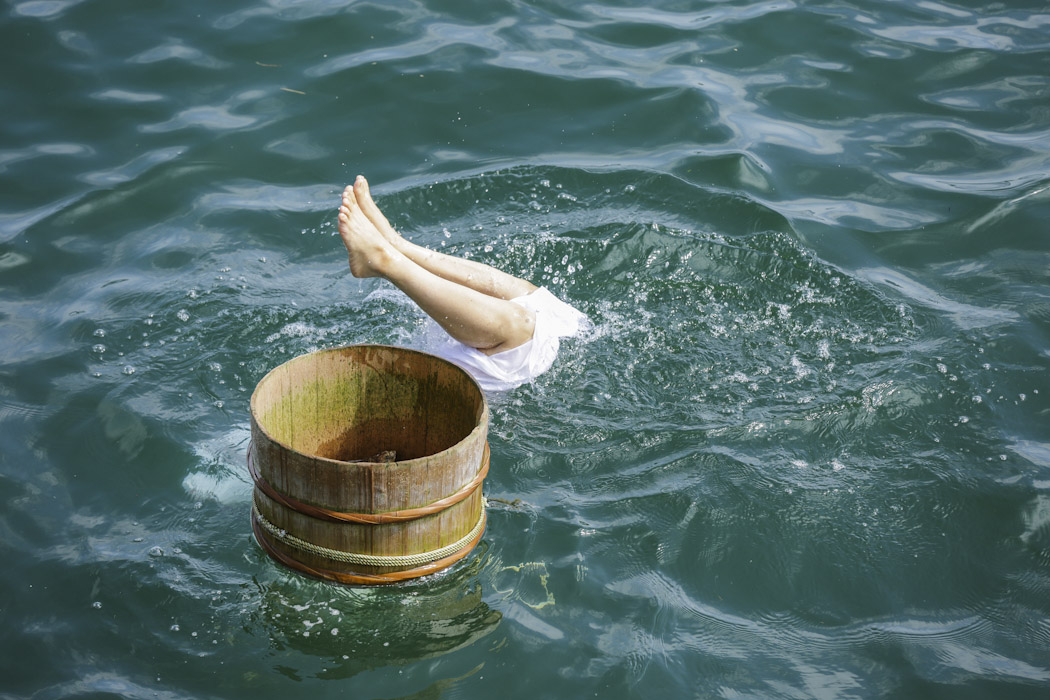
Ama is the Japanese word for sea woman. No, they are not a kind of mermaid; they are the pearl divers of Japan. Mikimoto Pearl Island is one of the places where these professional pearl divers make a living, collecting cultivated pearls.
26. Matsumoto Castle (Matsumoto)
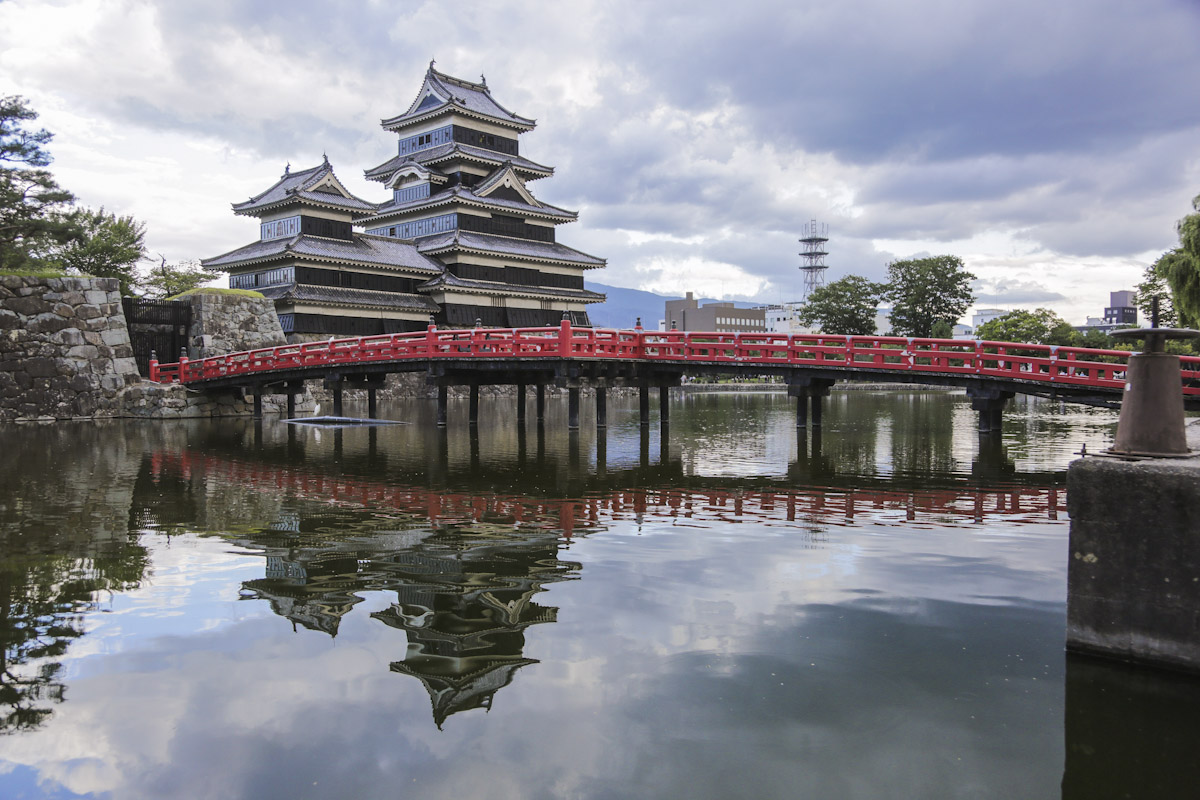
Matsumoto castle is a historic castle and one of the national treasures of Japan. Due to its black exterior, it is usually called ‘crow castle’. This castle has the particularity of not counting on its location (such as being built on a hilltop or among rivers) for its defence. Instead, it is built with a complex system of inter-connecting walls, gatehouses and moats for its protection.
27. Open-air Hot Springs (rotenburos)
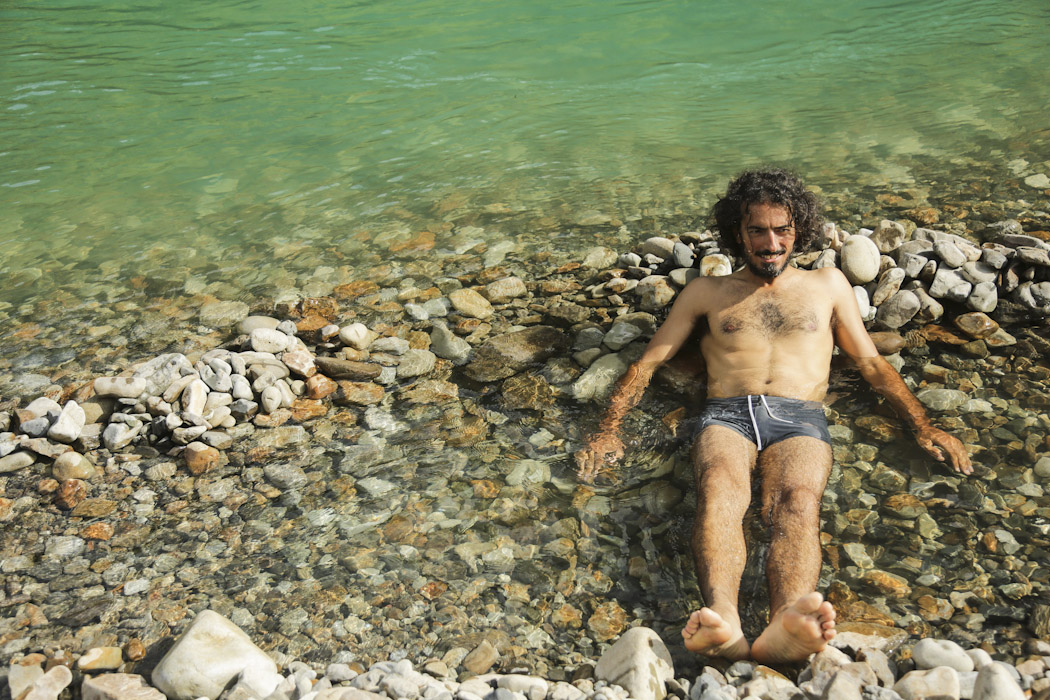
The good thing about the hot springs is that they exist everywhere, and every now and then, they are open in the wild. All we have to do is find them. There are even apps with the exact location of natural hot springs. Here, Jorge is enjoying the hot waters that percolate up through the gravel of the Oto River riverbed.
28. Samurais (Kanazawa)
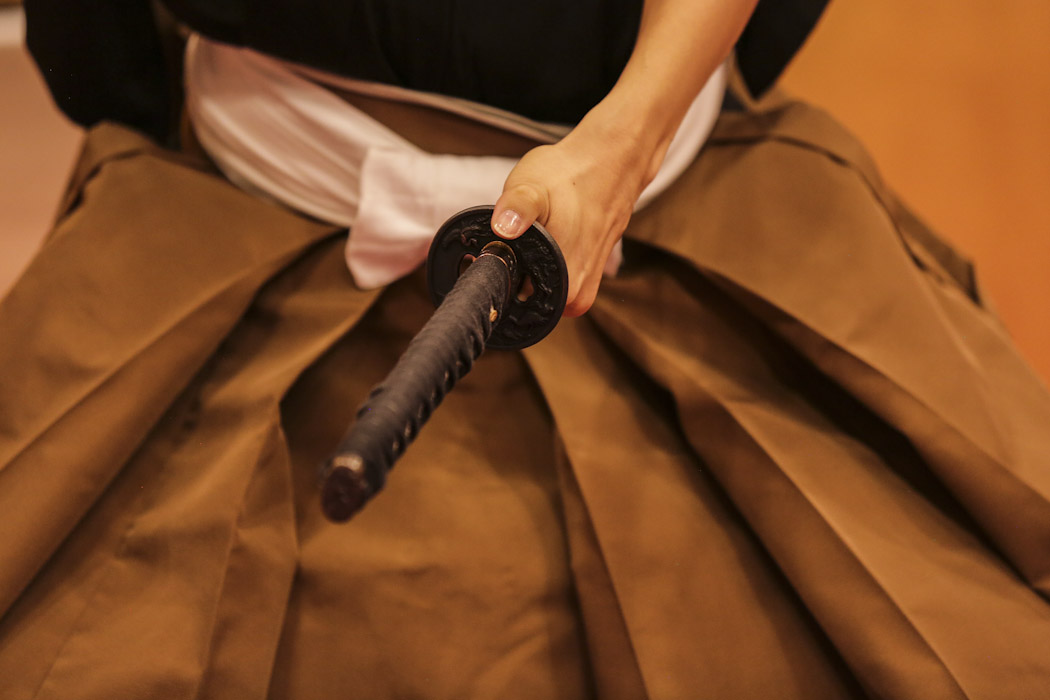
Samurai were abolished in the late 19th century. However, in Japan, its culture is still alive, and it is even possible to visit a few intact samurai districts in Kanazawa. The narrow streets with high earthen walls, said to increase the labyrinth feel and disorient outsiders. In their times, the Samurai all followed a strict code of honour, and perhaps for that reason, their image has been romanticised to become the image of the loyal brave warrior. But in reality, they were just humans, with all the good and bad characteristics of warriors.
29. Shirakawa-go Villages
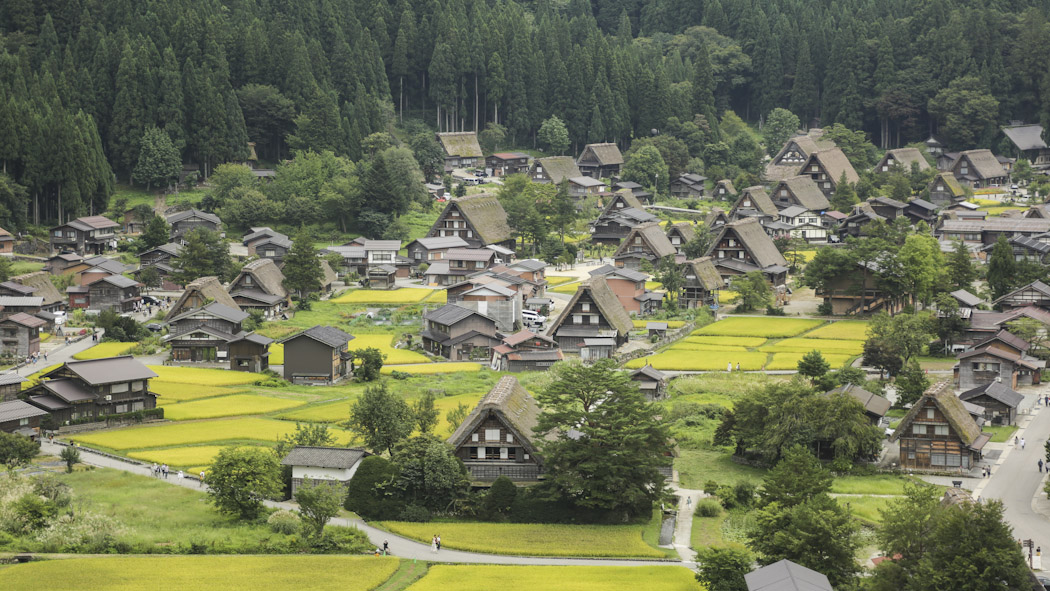
The historic villages of Shirakawa-go are one of Japan’s UNESCO World Heritage sites. In the photo, we got a view of Ogimachi from the viewpoint near the village. The historic villages are known for their farmhouses. They are made of wood and have straw roofs, an architectural style known as gassho-zukuri. The roofs are very steep so that the snow does not accumulate on it.
30. Izakayas
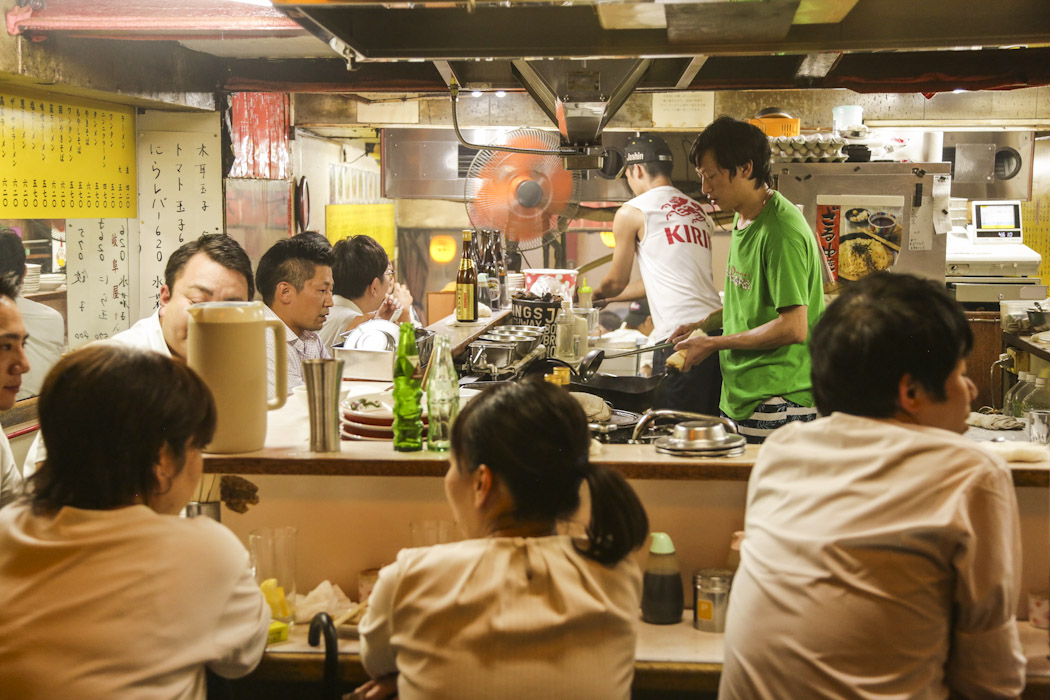
The izakayas are informal Japanese pubs. The Japanese come here to have a bite and to drink beer and sake in after-work meetings. The atmosphere in and around the izakayas is always fun, with the Japanese getting more extrovert than usual and engaging in easy conversations with foreigners like us.
31. Tea Tasting
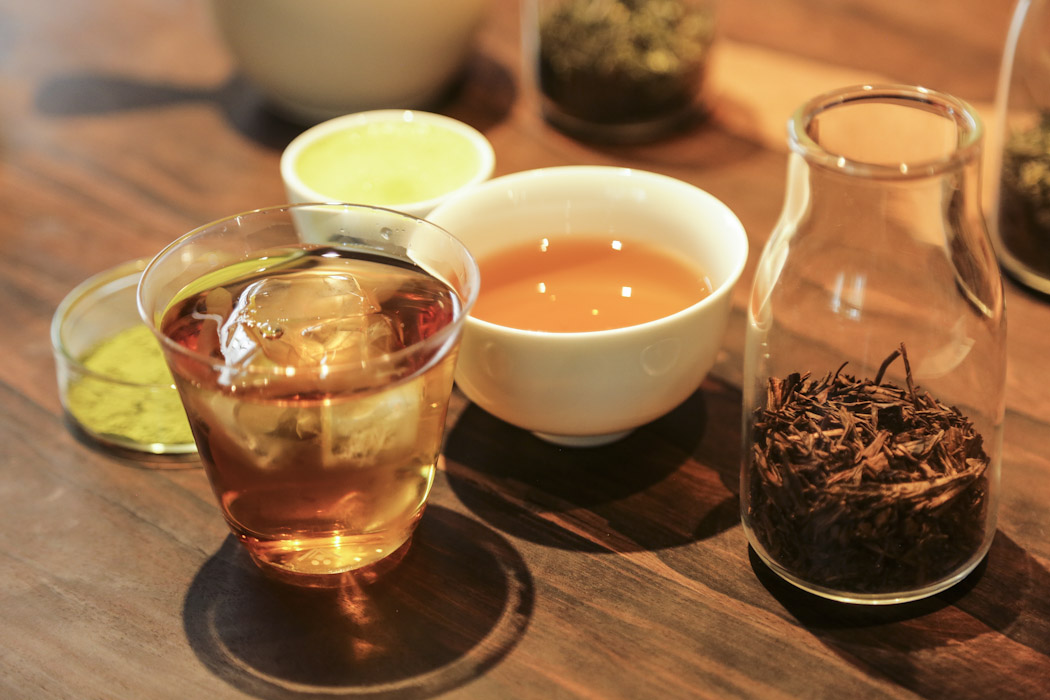
Another way to learn about tea is to try a tea-tasting. We did that in Kyoto and got to taste different types of tea and what the Japanese usually eat to accompany those teas. It was during the tea tasting that we learned that the strong colour of the matcha powder is natural and that the tea gets that colour because of the lack of fermentation.
32. The Old Nakasendo Way (Tsumago and Magome)
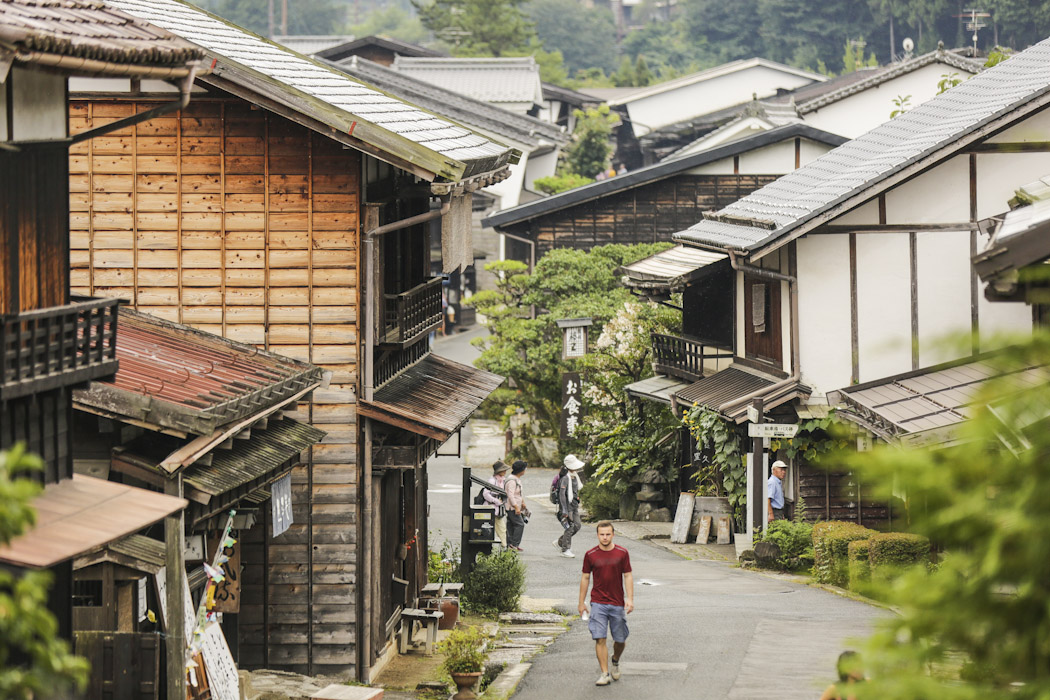
The old Nakasendo way was one of the routes that, in the old times, connected Edo (today Tokyo) to Kyoto through the mountains. This trade route was used by samurais, feudal lords, merchants and pilgrims, who travelled on horse or by foot. 69 post towns grew up along the way, allowing travellers to rest, eat and exchange horses before continuing their route.
33. Onsen
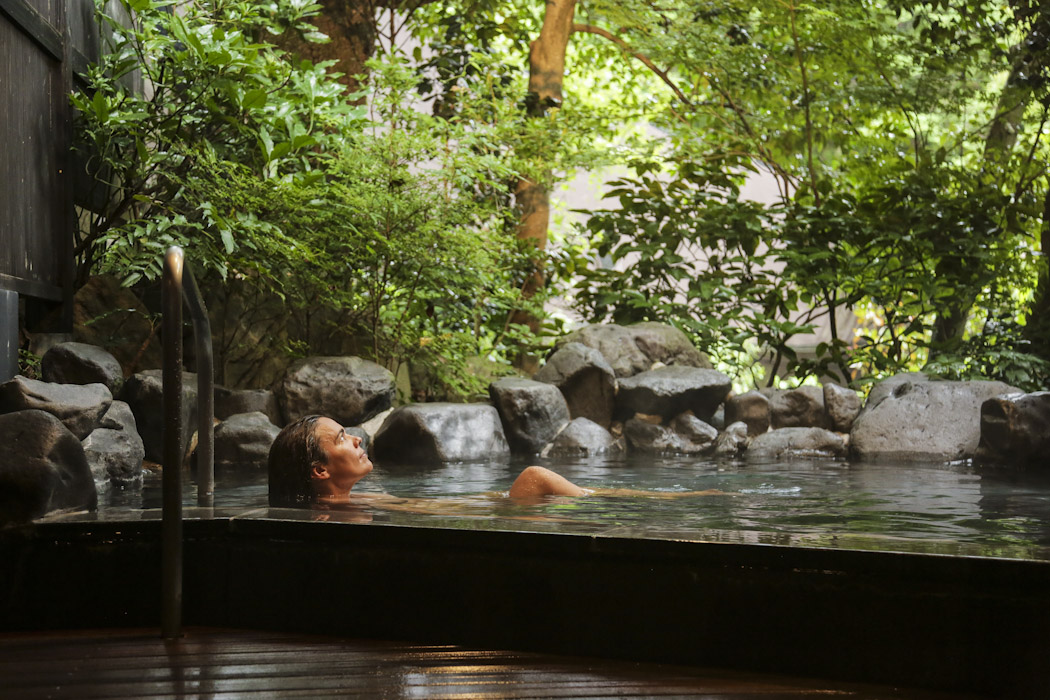
There’s a special appeal to Japanese hot springs (onsen). The Japanese visit hot springs regularly, be it the private or the communal ones. The communal ones serve as much as a place to relax as a forum to know the novelties. Regardless of the kind of onsen, they all are known for their therapeutic qualities.
34. Hells of Beppu
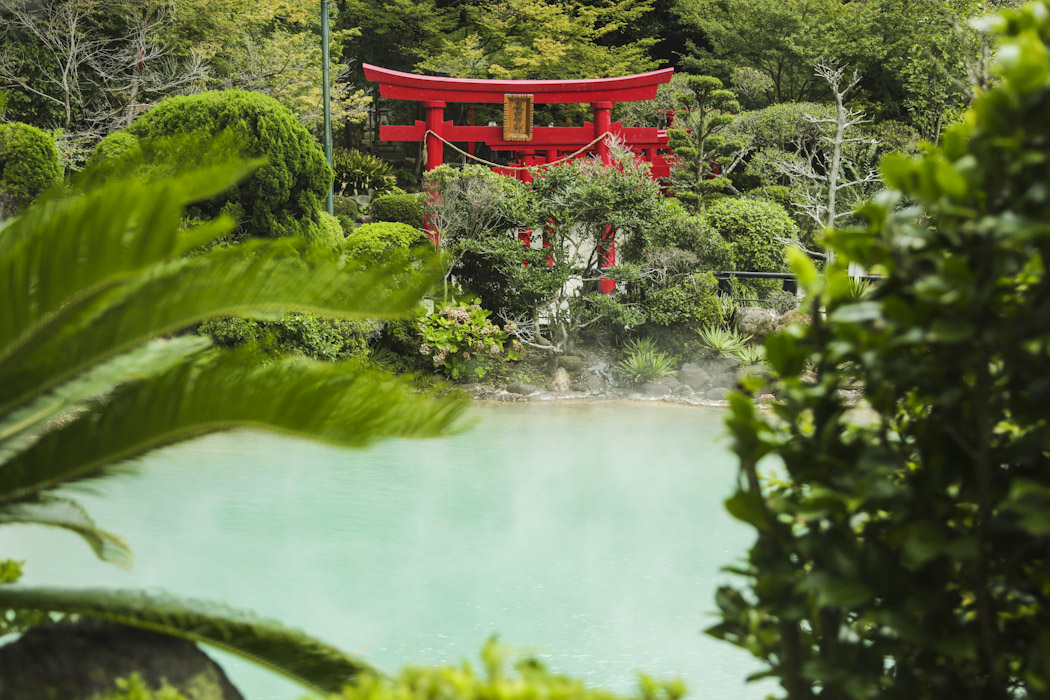
The Umi Jigoku is one of the ponds of the Hells of Beppu. Even though its beautiful blue turquoise water looks inviting, it is not possible to bathe, because the water is constantly boiling at very high temperatures. There are 2,909 hot spring vents within the city of Beppu, which accounts for the largest amount of hot spring water discharge in the world.
35. Cedar Boulevard of Nikko
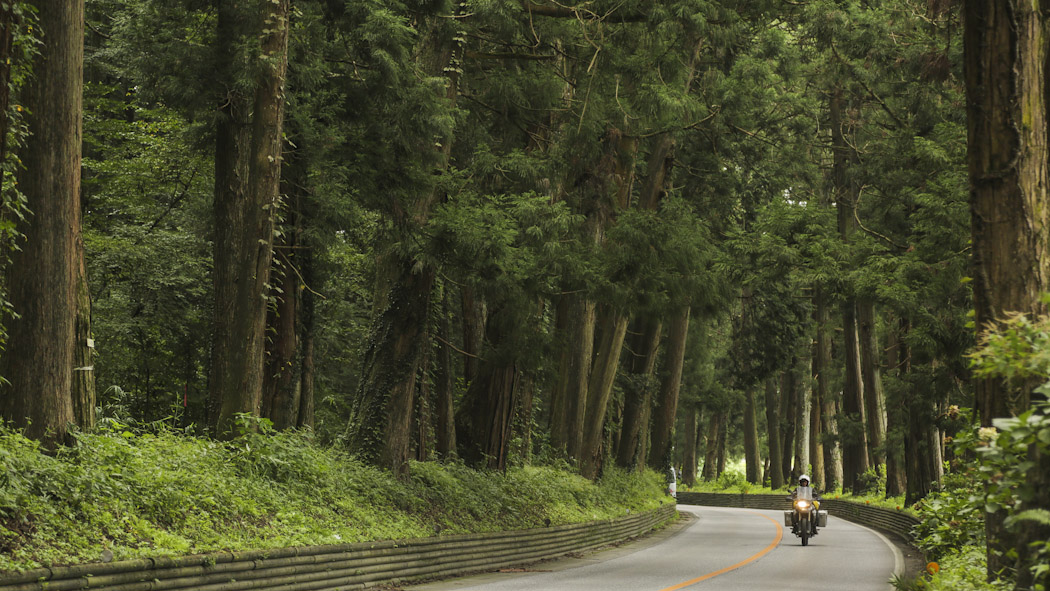
The Cedar boulevard of Nikko is thought to be the longest and oldest cedar tree-lined boulevard in the world. Imagine four-hundred-year-old trees, standing at least thirty metres tall for around thirty-five kilometres. There are many hikes to be done in this and in many other forests in Japan. They have the concept of ‘forest bathing’, in the sense that one can get relaxed and new energies in the forest.
36. Pontocho Alley & Gion District (Kyoto)
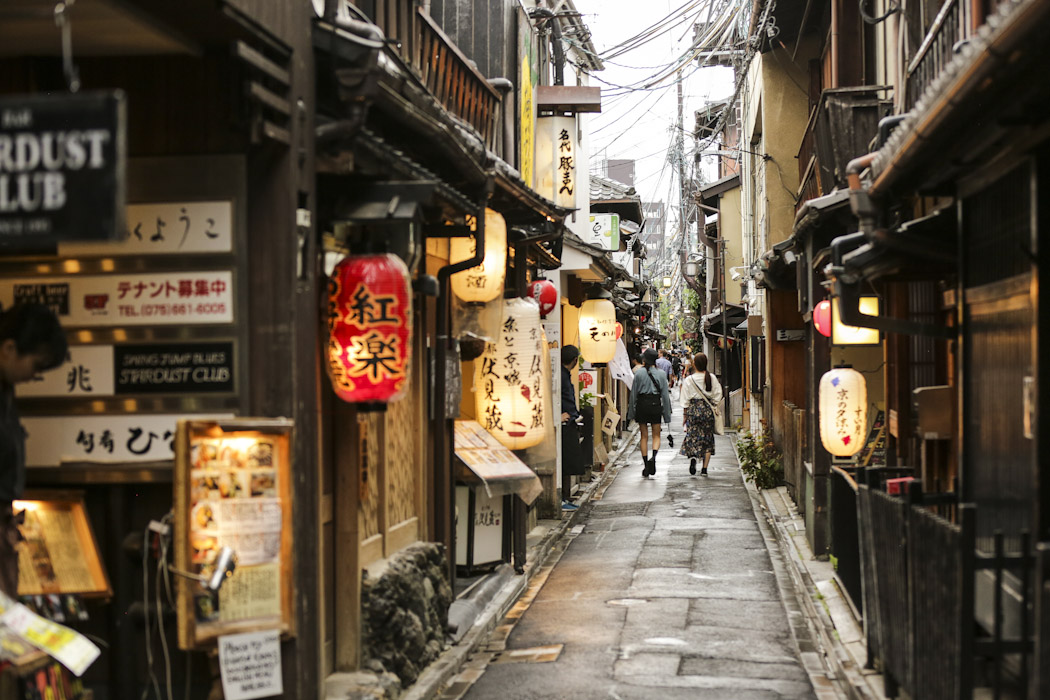
The tiny Pontocho alley (photo) together with the Gion district are the two most probable spots for geisha spotting. If you come with time and patience, you will eventually get to see one or the other geisha hurrying to their meetings. If you do, please behave and allow for their privacy to be respected. You can photograph them without having to make a bad figure out of yourself!
37. Teamlab Museum (Tokyo)
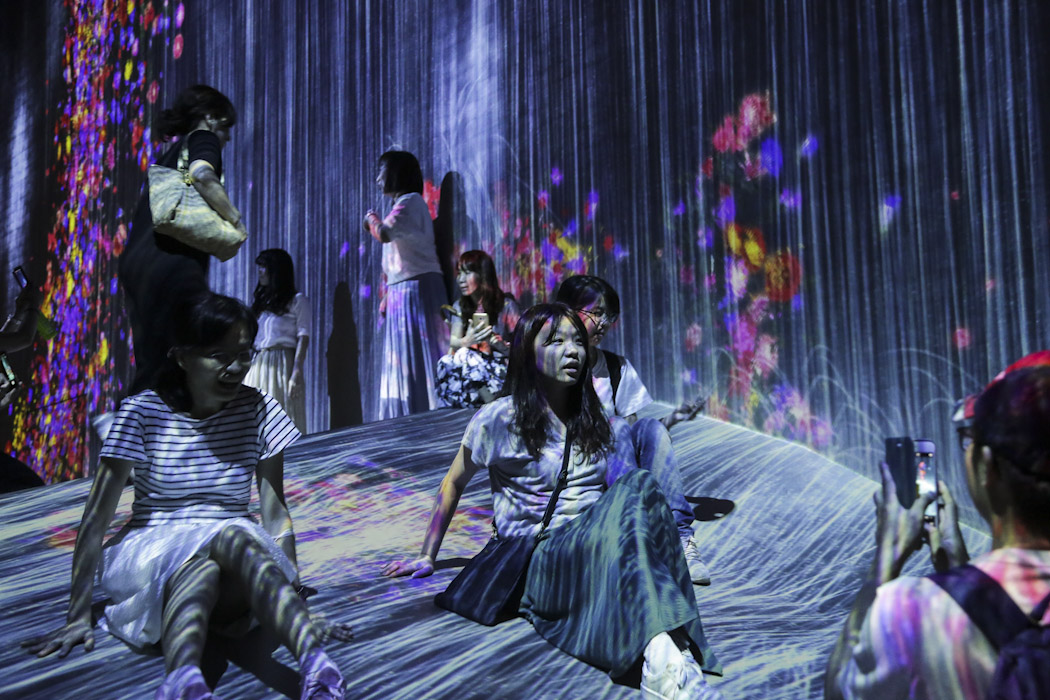
Teamlab Borderless is a collection of digital works created by an art collective. The exhibition explores the borderless relationship of humans with nature through digital technology. The entire exhibition occupies the huge museum and offers no maps nor explanations so that the public gets lost in its many intercommunicating rooms and feels the light projections through his senses. We stayed at least four hours here, culminating our visit with the unique experience of green tea and green-tea ice-cream served over a bed of digital flowers and butterflies.
38. Snow Monkeys (Japanese Alps)
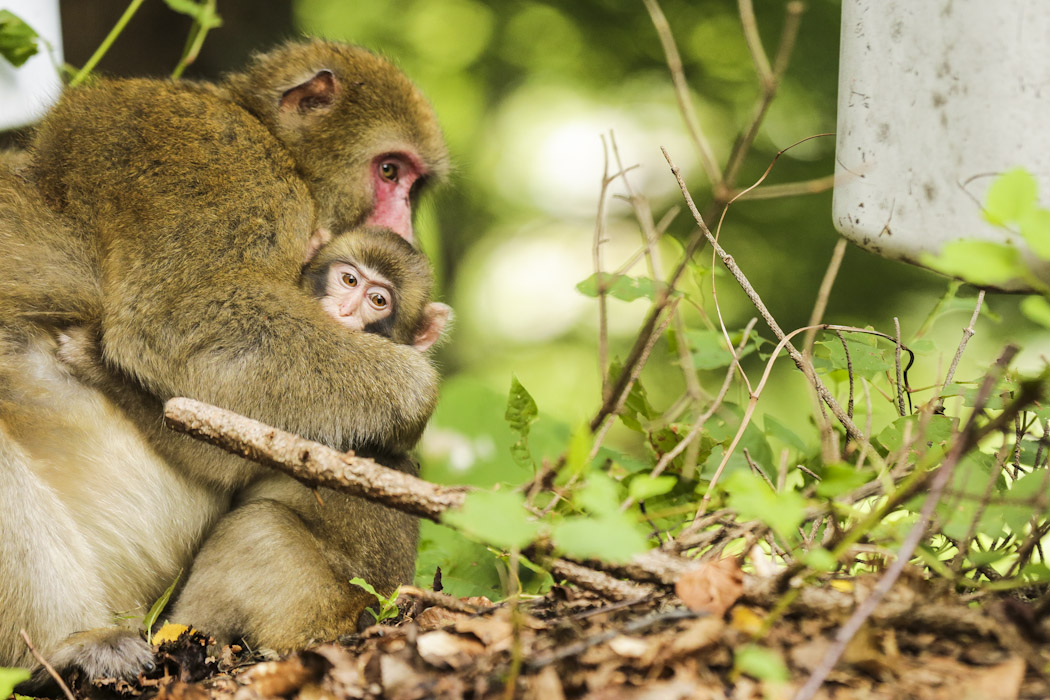
The Japanese macaques are also called snow monkeys, because they live in snow-covered places for several months in the year. There was an open-air hot spring that is solely frequented by snow monkeys, in the Jigokudani natural Park. Scientists think that the Japanese macaques haven’t always used the hot springs. They think they started imitating their cousins (humans) and found it a pleasant experience.
39. Tame dear (Nara & Miyajima island)
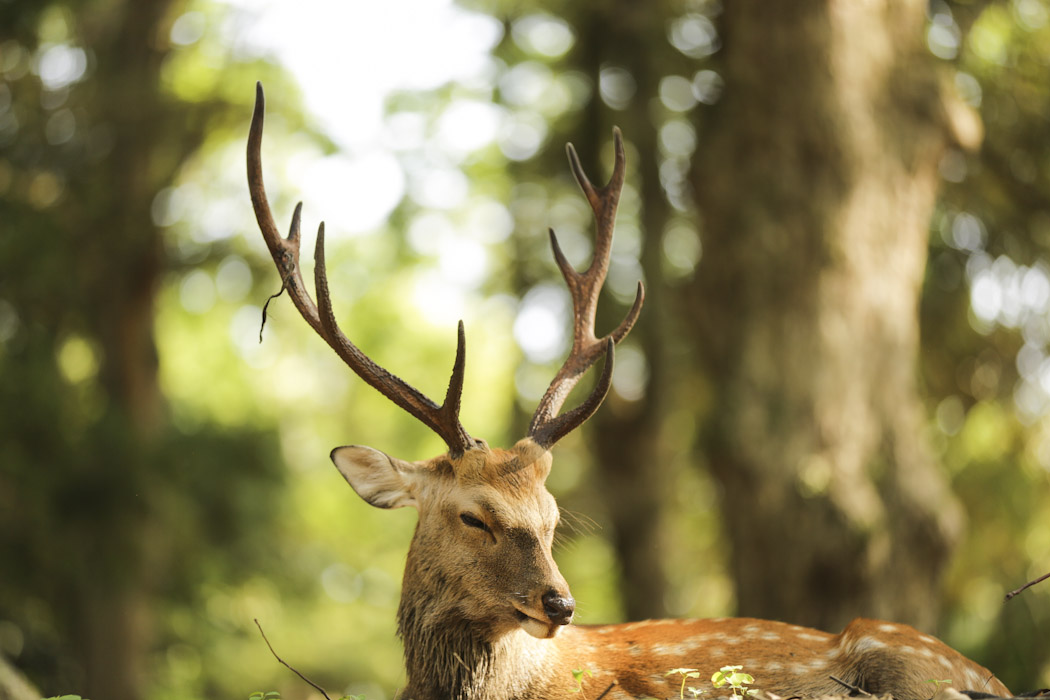
Tame deer, also known as Sika deer, are considered sacred messengers from the gods. The island of Miyajima is home to more than 1,000 deer. You can spot them everywhere and they are not shy at all… Actually, they are getting too much used to humans, which ends up not being necessarily a good thing, knowing how we, humans, are…But being able to spot them and observe them from a distance, without interfering, is a marvelous thing to do in Japan!
40. Yosakoi dance festival (Tokyo)
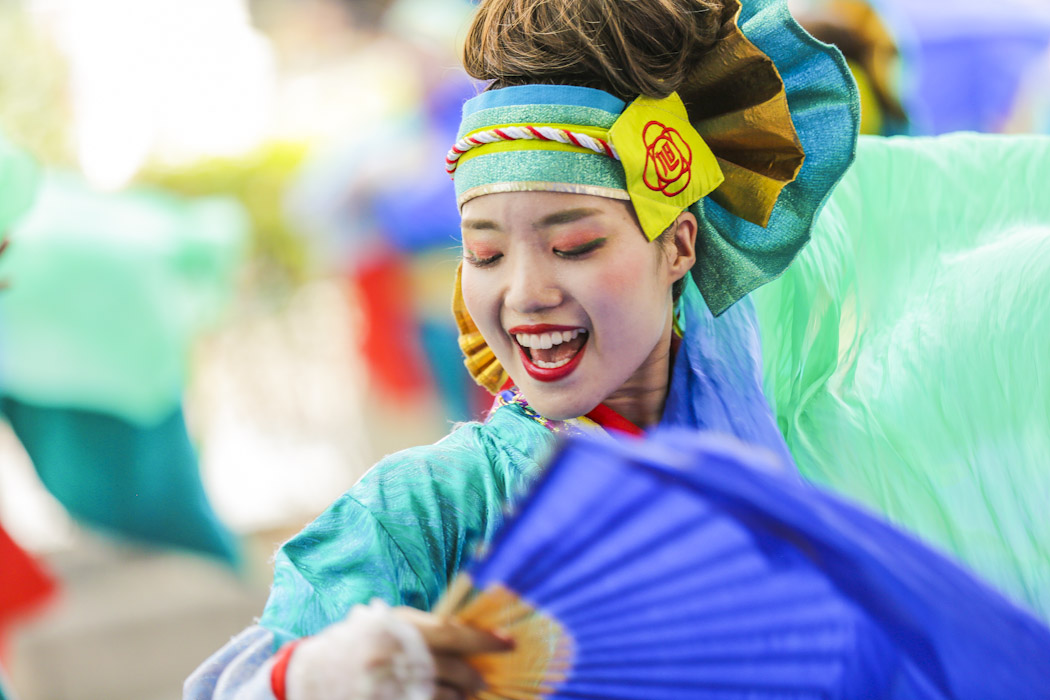
The Yosakoi dance festival happens in August and counts with the participation of more than one hundred groups. Groups show their dances in the Omotesandō street. During two days the streets of Harajuku are filled with these dancers that combine traditional movements with modern music
41. Shiroyone Senmaida Rice fields (Noto Peninsula)
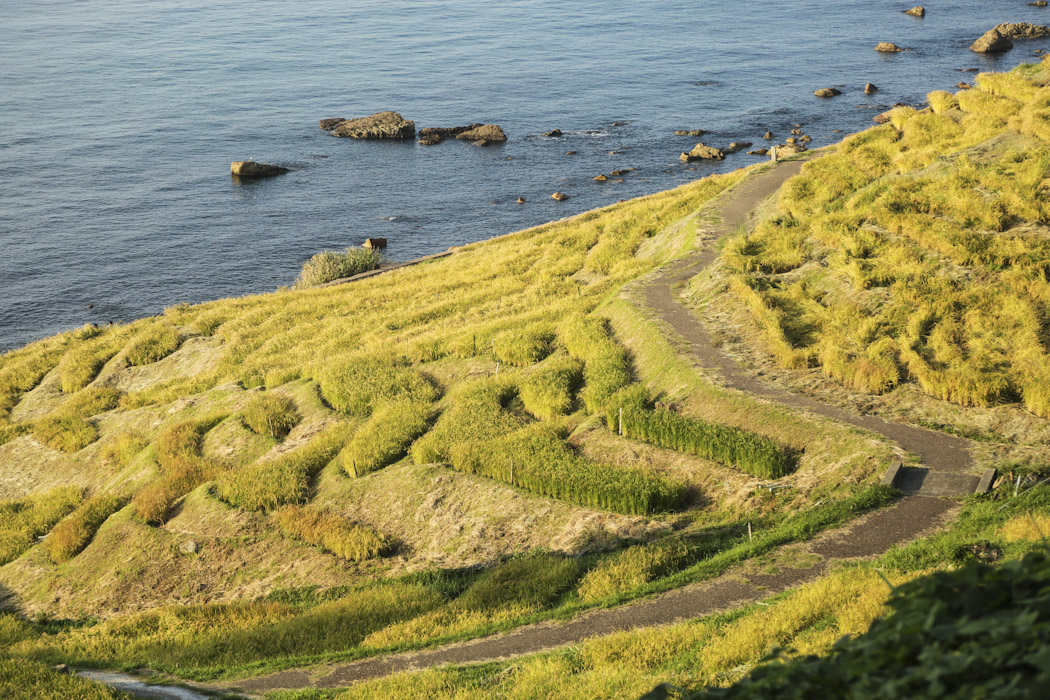
The Shiroyone Senmaida rice paddies were the most beautiful rice fields we saw in Japan. They are located in the northern side of the Noto peninsula, and are considered a national beauty, considering the amount of people that visits it every year. Senmaida literally means 1,000 rice fields.
42. Baseball match (Tokyo)

We were lucky to be able to attend a baseball match, but unlucky not to get a seat. Sitting places were sold out, so we bought two tickets to stand at the back. A sign alerting ‘we will not re-imbourse you if you don’t get to see anything’ should have been a sign that we would not get the best views. Still, the atmosphere was very and enthousiastic and it was interesting to see how organised Japanese are when supporting their teams. Beware though to step on someone elses (standing) space (blue plastic sheets or used newspaper).
43. Toriis
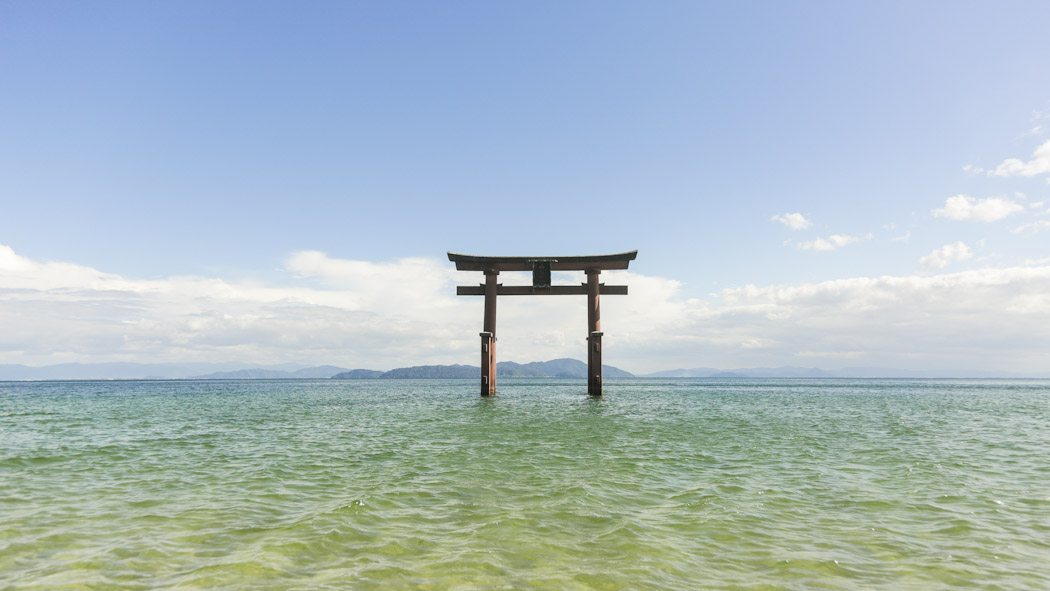
Toriis are Japanese gates. They are traditionally found at the entrance of Shinto shrines. As a gate, they symbolise the exit from a mundane place into a sacred one. Often shrines only have one big torii, but some shrines use a series of toriis, one after the other, to make a a kind of corridor into the shrine. Occasionally, they are built in water.
44. Rokuon-ji, the Golden Palace (Kyoto)
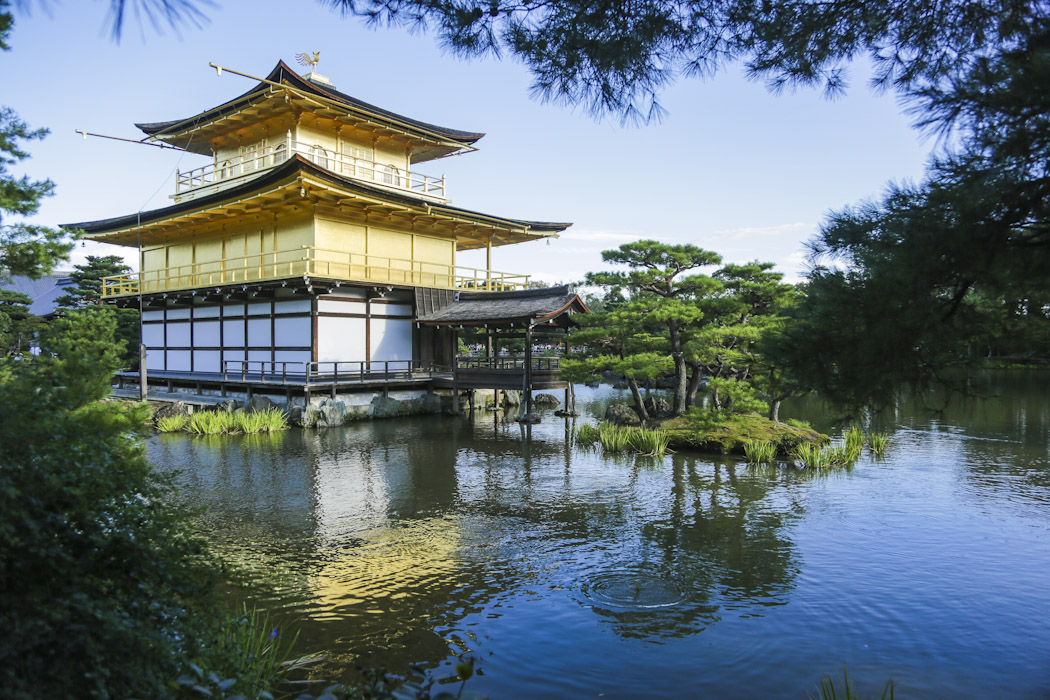
Kinkakuji (Golden pavilion) is nowadays a Zen temple, and has got the particularity of having the top floors covered in gold leaves. It is at its prettiest at sunset when the sun illuminates the gold. The pavilion also houses the relics of the Buddha. Unfortunatley you cannot visit the interior.
Pin For Later
Click one of the images to save it on your Pinterest


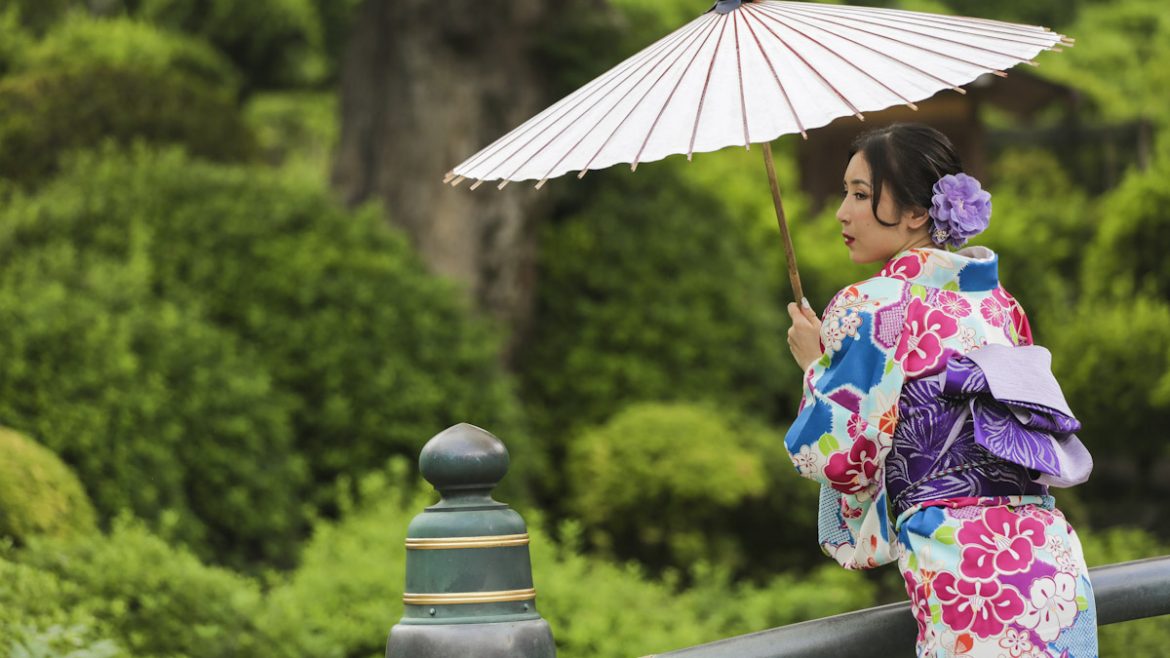
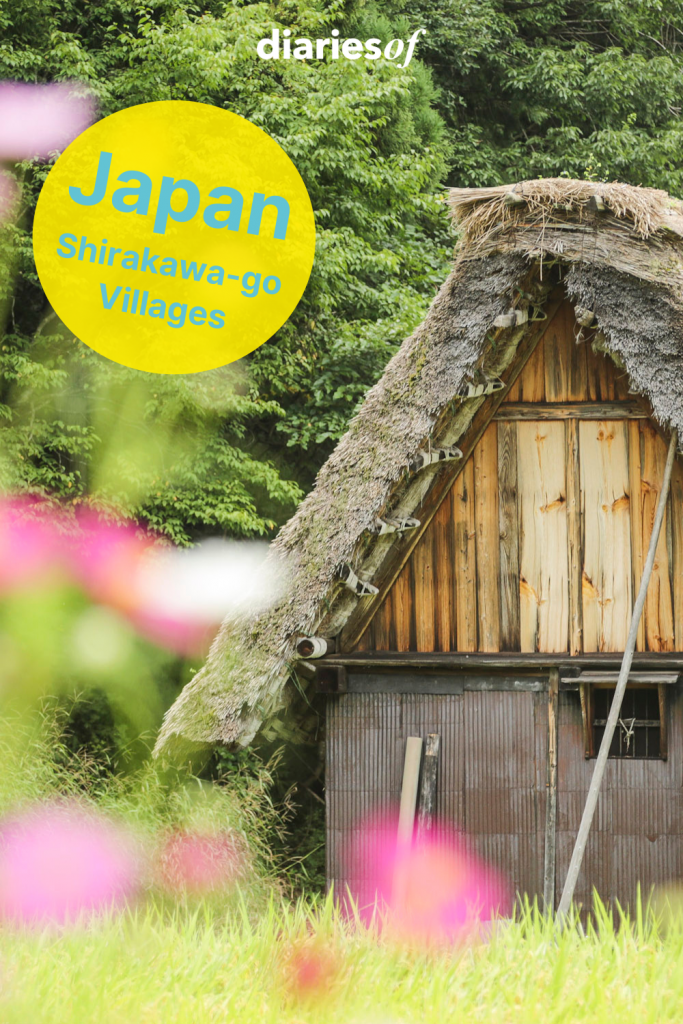
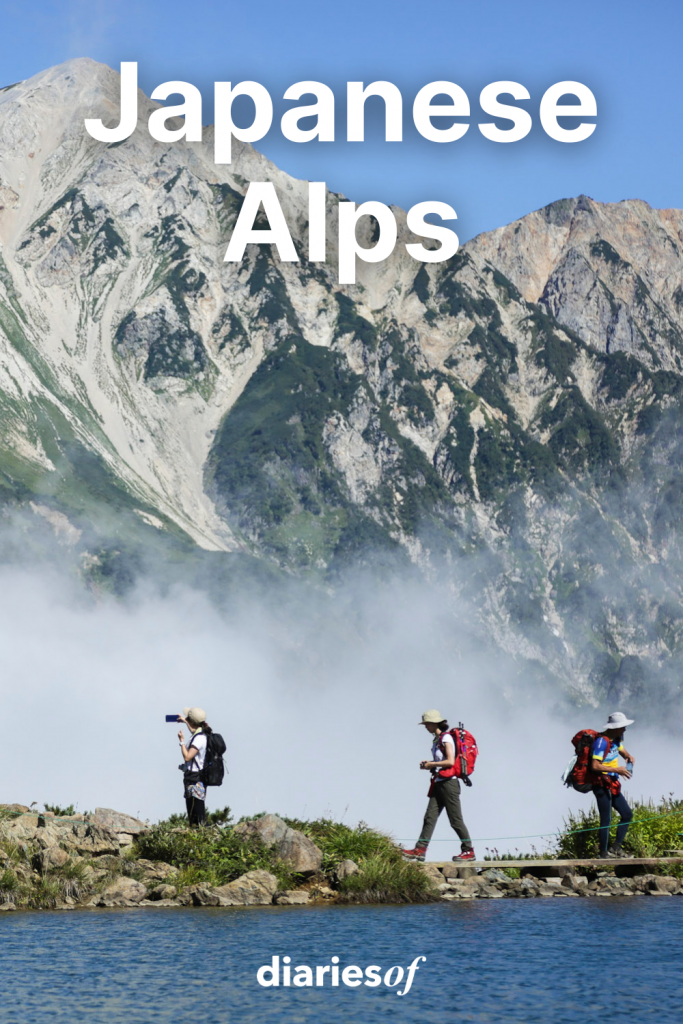
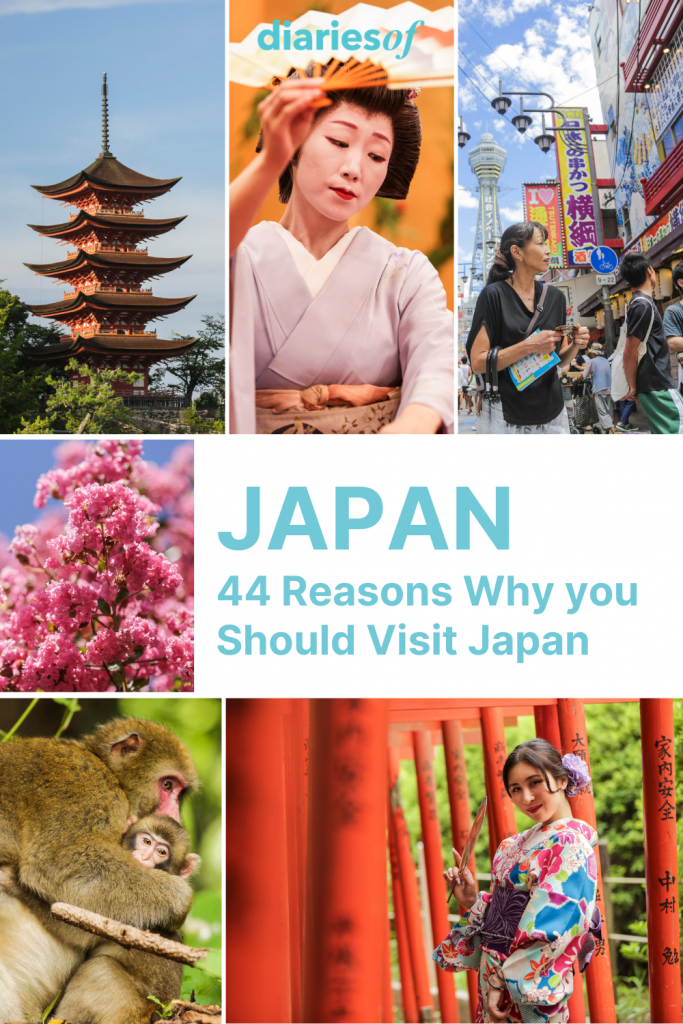
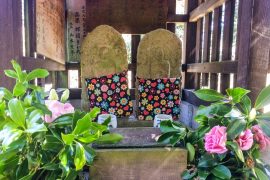
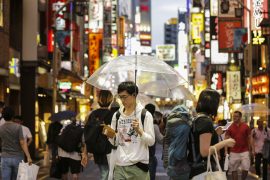
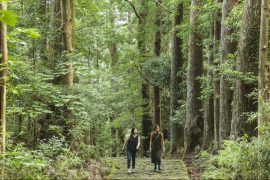

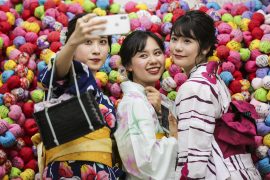
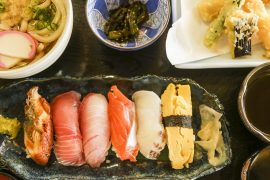
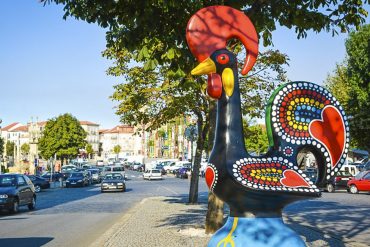

1 Comment